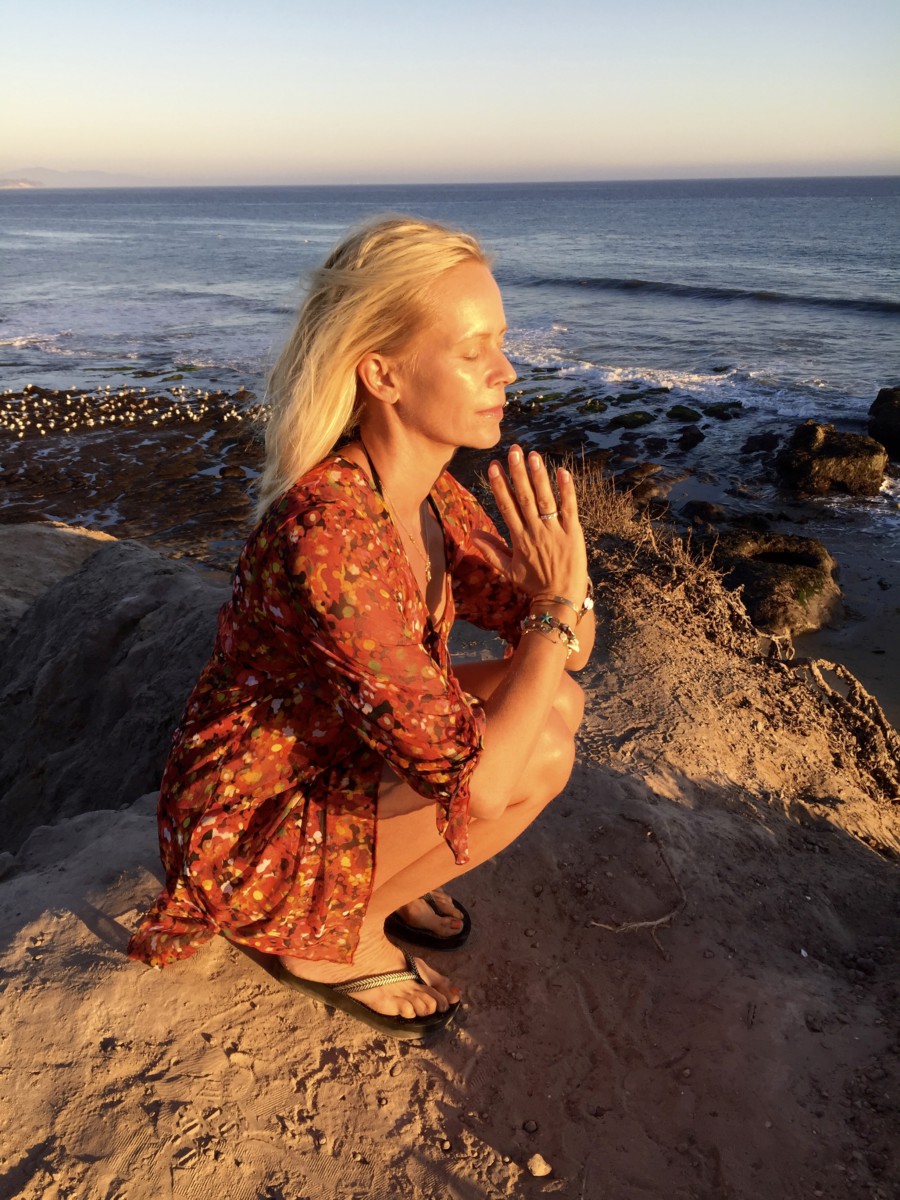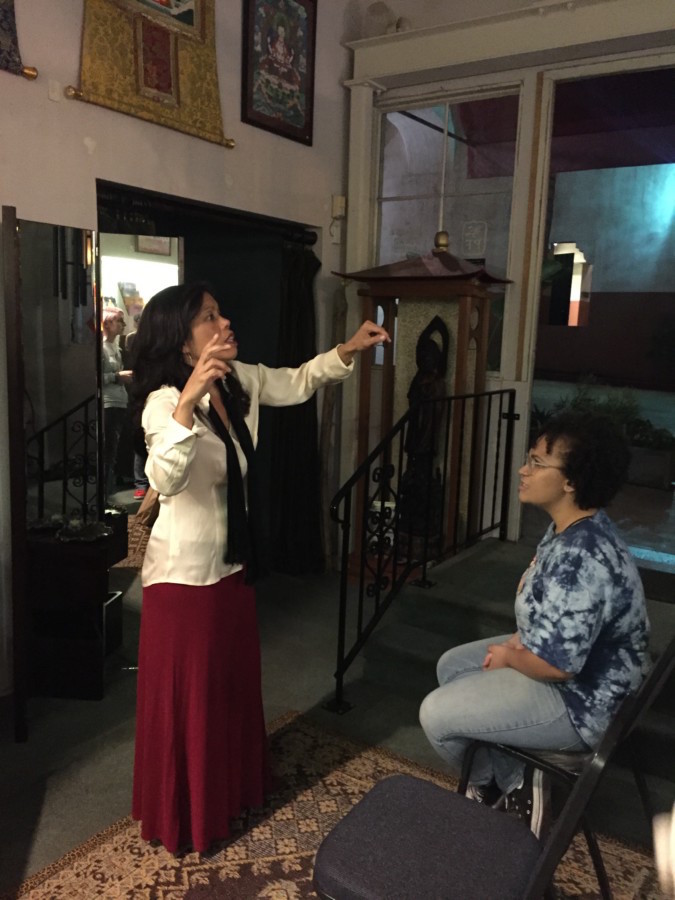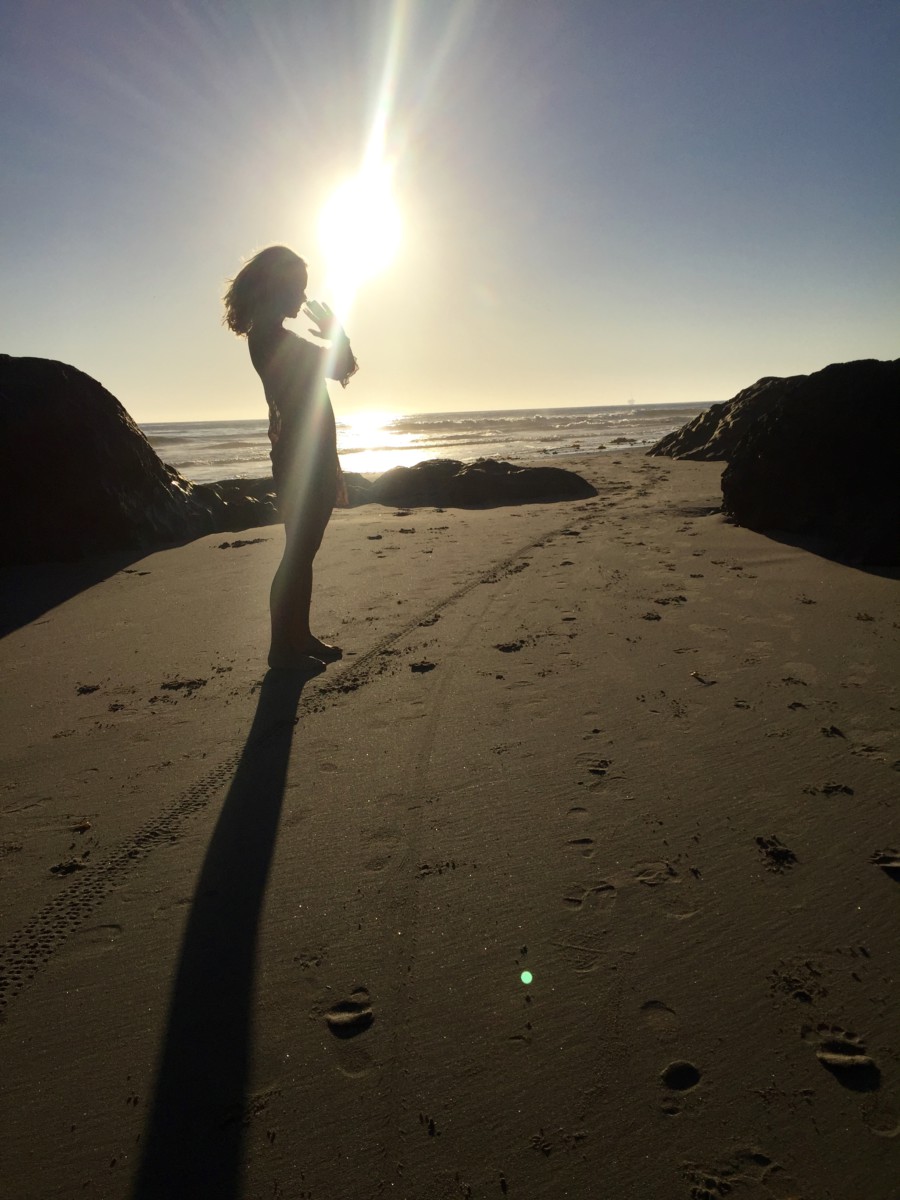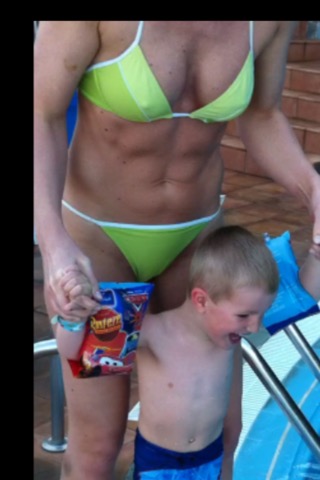Jeg har vært så heldig å møte Ken Gilbert. Han er pilatesinstruktør og andre generasjons lærer utdannet hos Ron Fletcher. Han underviser på Pilates Anytime som kanskje er verdens største Pilates online senter, de har vært en stor inspirasjon for meg før jeg grunnla www.webtrening.no sammen med min partner Rikke Schillinger. Det har etterhvert dukket opp en hel del av tolkninger med inspirasjon fra Pilates der man har selvkomponert, lånt litt og satt sammen konsepter som er «i pilatesverden» men ganske langt unna opprinnelsen. Det er ikke noe galt med det – det er ofte slik i treningsverden at det oppstår hybrider. Og nettopp derfor er det så ekstra stas når man får møte lærere med så i unik kunnskap som Ken har.

Jeg føler meg ydmyk og veldig «ung» i denne verden. Og det er det som er et skikkelig kick for meg i body/mind arbeidet, det er at vi aldri blir utlært, det er stadig nye forståelse av kroppen vår og av forbindelsene. Noen ganger må jeg nesten lukke øynene for å kunne føle det jeg gjør.
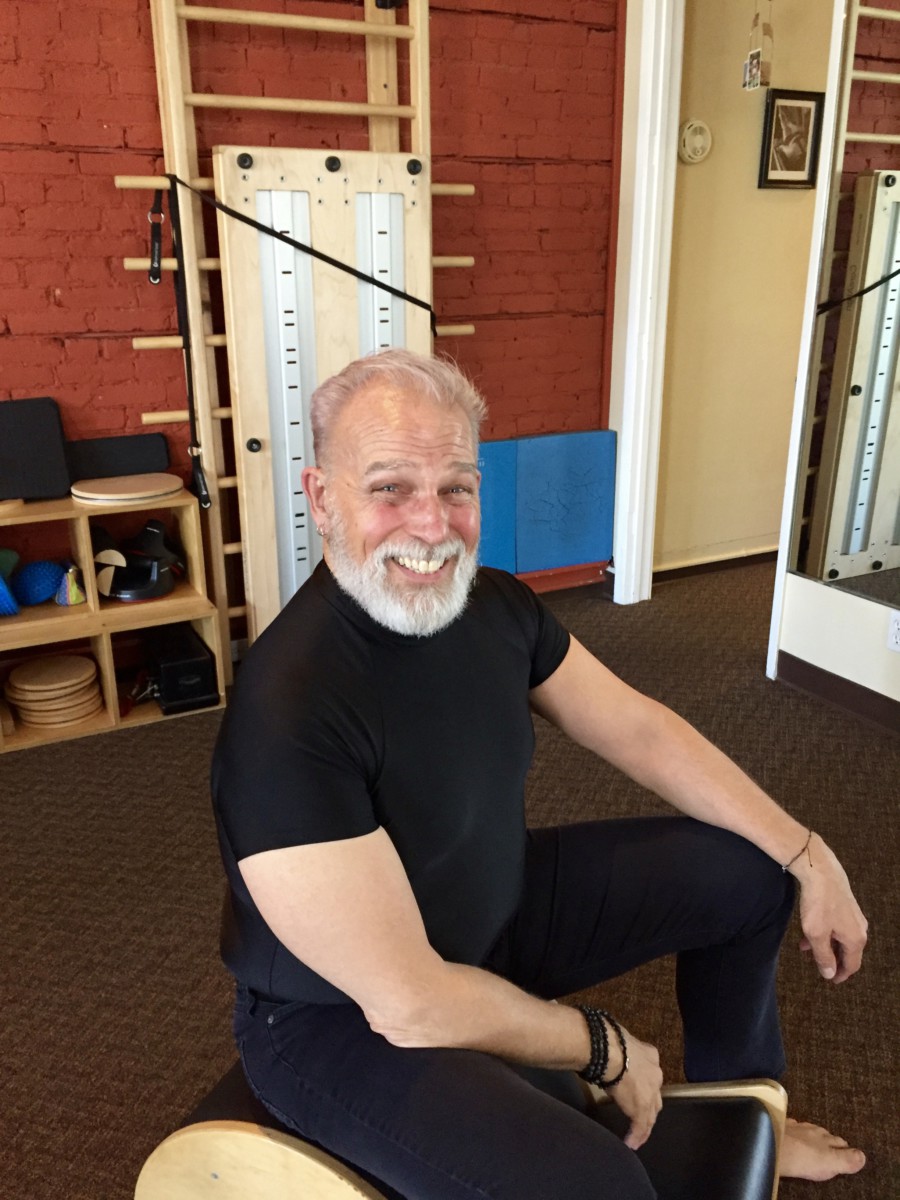
Ken Gilbert med sitt herlige smil, men sylskarpe blikk!
De siste 3 måneder har jeg deltatt på et «Spine Corrector» kurs sammen med Ken Gilbert. Klassen i seg selv har rolig tempo, absolutt ikke fancy, men det geniale med å bruke dette apparatet er at når du trener på det vil ryggen lære seg korreksjon når den treffer kantene og endene på den, du jobber dypere fordi du har støtte. Og videre når vi lærer de riktige bevegelsene med boksen vil kroppen gjenkjenne dette og i dagliglivet overføre de riktige bevegelsen slik at vi får en glad rygg. Kroppen lærer å stabilisere og bevege ryggraden på en sunn og bevisst måte da det blir automatisert.

Fra venstre Leslie Leddo, Chris Brandeland, Ken Gilbert, Carole Thompson og meg
På slutten av hver undervisning gjør Ken en såkalt påminnelseshilsen. Vi står med føtter i turn-out. Så strekker vi hendene i en Namaste opp mot himmelen, deretter til hodet, så til hjerte og så ned mot bena. Dette er en nydelig reminder om å være i universet, i hode, i følelsene og i kroppen vår. Akkurat slik en Pilates klasse skal være.
Håper du liker samtalen under!

Apparatet heter «Spine Corrector»
Tell me about your background and how you trained the Pilates method?
I began my Pilates learning and practice in 1994 when I realized that my physical «vocabulary» was limited to fitness activities that I had begun in 1987 through high-low impact, step, spin, etc. I longed for a deeper and better connection to my body/brain integration and I had returned to theatre where I was producing, directing and performing. I wanted a stronger and more expressive body through movement and emotion. I trained with several «traditional» Pilates teachers and found Ron Fletcher in 1996 who became my mentor of the work. In 2007 I made a major shift in my Pilates Teacher profile by leaving Santa Barbara Athletic Club (after 13 years of my training, teaching and installing the Pilates Program in Group Fitness) and departing from The Ron Fletcher Work Program. I went out on my own as EMBODYMENT . I have been a Nia Teacher since 1999 and a Nia Trainer from 2005 – 2016. I integrate my body awareness and mindfulness into a way of teaching both programs that is unique.
How do you think pilates is changing – and what should we look for in order to find the best workouts?
There are many interpretations of Pilates. In my work with Ron Fletcher I learned to see the work through his eyes; seeking detail and expressivity of each movement. Through his guidance I learned a movement pattern then he would say: «Now, show it to me . . .» meaning that he was expecting the full breath (percussive breathing) with full extension and movement from the core into the extremities; nothing was ever unfinished.
What is in your opion the difference between a pilates teacher and an instructor?
- I have a philosophy – there are three stages of being a teacher/educator:
- Instructor instructs the student to do the movement: «This is what you do . . .»
- Teacher teaches the student how to personalize the movement: «This is how you do what you are doing in the most efficient way . . .»
- Educator educates the the student in how the movement will enhance their body and their life: «In this movement you become aware, conscious and mindful of your body in every moment.
What does it mean to live in a healthy spine, and is this accessable for everyone?
Everybody is entitled to a healthy spine; one that is capable of stability and mobility in any moment. There are 5 Primary joint actions of the spine that must be maintained on a daily basis; the spine requires forward flexion, lateral flexion, extension, rotation and circumduction. With body awareness as the guide, anybody can activate the nervous system through the intervertebral articulation that is appropriate for their individual spine. Each of us will have special concerns that become our individual journey into a healthy nervous system (centralized through the spine).
Many people seem to live outside of ther body and more from the head, how can body awareness help to live more in And with yourself?
Living life without distraction is the healthy choice. Living in a body means that we give time to placing our attention on body awareness – physical sensations and emotional responses. Consciousness comes from placing our attention on the mental (ideas and thoughts) and spirit (unique life force) realms. In order to live in the balance of body|mind|emotion|spirit we must become masters of where we place our attention. The body lives in the present moment. If we learn to keep our attention on our body’s experiences whilst spending time with our emotions, ideas, thoughts, and into our expanded energies, we will live with more connection to our systemic selves and with others in the world.
In what way does pilates (body contrology) becomes also meditation?
This is an interesting question of what Pilates is and can become. Many people do not know that Joseph H. Pilates taught what he called “Body Contrology” – the study of body control; current culture calls the work “Pilates”. When we place our attention on the present moment whilst moving, when we move without the distractions of thinking about the movement or how we feel about what we are doing, when we breathe and move with purpose to the brain|body connection we are in a moving meditation.
You have designed a ”spine corrector class” – what kind of class is that?
Spine Corrector Class is a specialty class using the apparatus of the “Spine Corrector” – a small piece of furniture that is shaped like a coma or quotation mark. Sitting or laying on the arc, the lip or in the crevice of the corrector we are able to stimulate spine movements that are supported. My personal philosophy about working with the apparatus is simple; when we learn through feed-back from surfaces of the corrector we than can learn how to accomplish movement of the spine when the corrector is not available. The 55 minute class is intended to develop an individual’s ability to stabilize and mobilize the spine through the 5 Primary joint actions of which the healthy spine is capable.
How will the spine corecctor make us work deeper?
We work deeper when we feel supported (without collapsing); we are able to find more “lift” rather than compression of the vertebrae and the discs. Sitting on the lip we sense the Sitz Bones. Sitting on the arc we sense an upright spine in a familiar sitting position. Sitting in the crevice allows us to sense the lower back supported during flexion and extension of the spine.
We also use the pilates towel – what is the purpose?
The Red Towel comes from my study in The Ron Fletcher Work (now known as Fletcher Pilates). It is a tool used to define the sensibility of dynamic stabilization; by holding the towel taut the shoulder girdle is stabilized. When held loosely, the towel becomes a tool of expressivity (an extension of the arms) creating systemic movement through out the body.

Sidefleksjon med håndkle
Some good workout virtous to keep in mind?
Stay focused at all times to move from isolation to integration. Take time to sense and feel the body’s movements. When something does not feel “right” slow down or stop and assess a more efficient range of motion or movement direction. The body is always telling the truth and movement is its language.
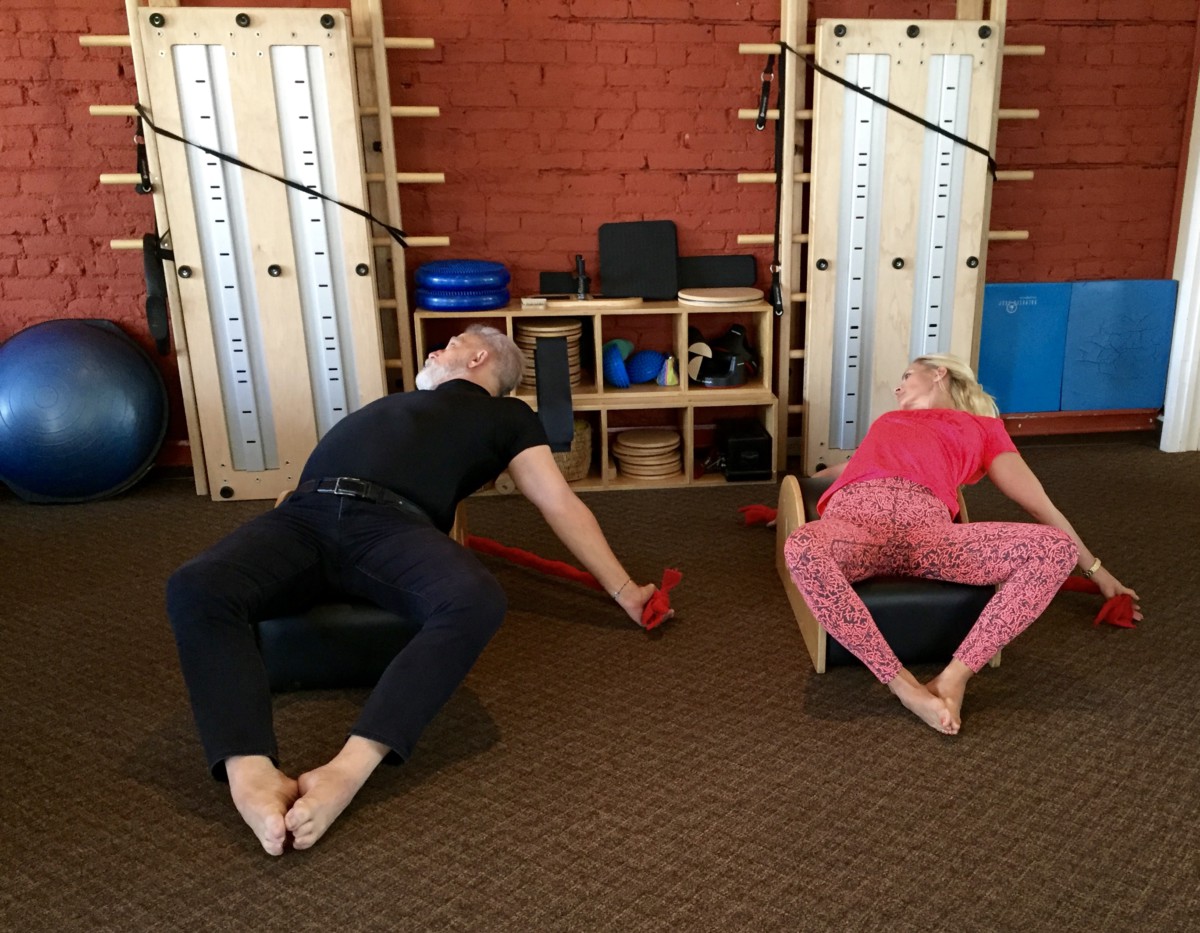
Jeg har som sagt jobbet med Ken i 3 måneder og har økt bevisstheten min på mange plan. Kroppen sier som regel ifra når man utfører en øvelse feil (da mener jeg feil i forhold til at det kan gi mer smerter). Jeg har blitt veldig bevisst på hvor armene mine kommer fra. Du kan tenke deg en V-shape fra fingertuppene og at starten på armene er ca der du lukker BH stroppen på ryggen. Motsatt er starten på bena foran kroppen din litt lengre nede. Når du står i en STJERNE form med armer opp i V og ben ut i V, kan du selv øve deg på å skape den forbindelsen fra starten på armer/ben og med lengde utover.
Vil du lese mer om Ken Gilbert kan du sjekke ut hans blogg her:
Følg Ken på Facebook:
Ken Gilbert EMBODYMENT
Om kort tid vil dere som er interessert kunne trene med ham på www.webtrening.no også!!!!
Klem fra Monica
Klær fra @casalltraining

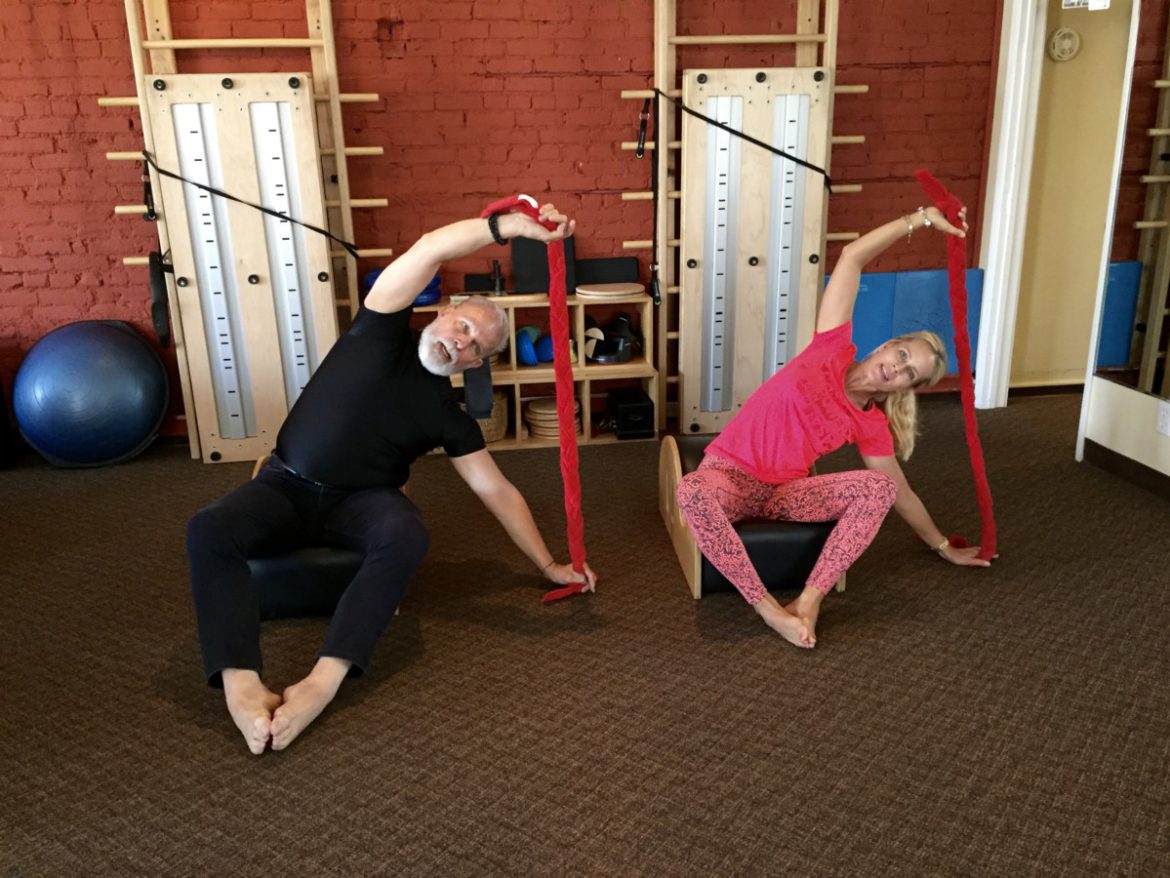

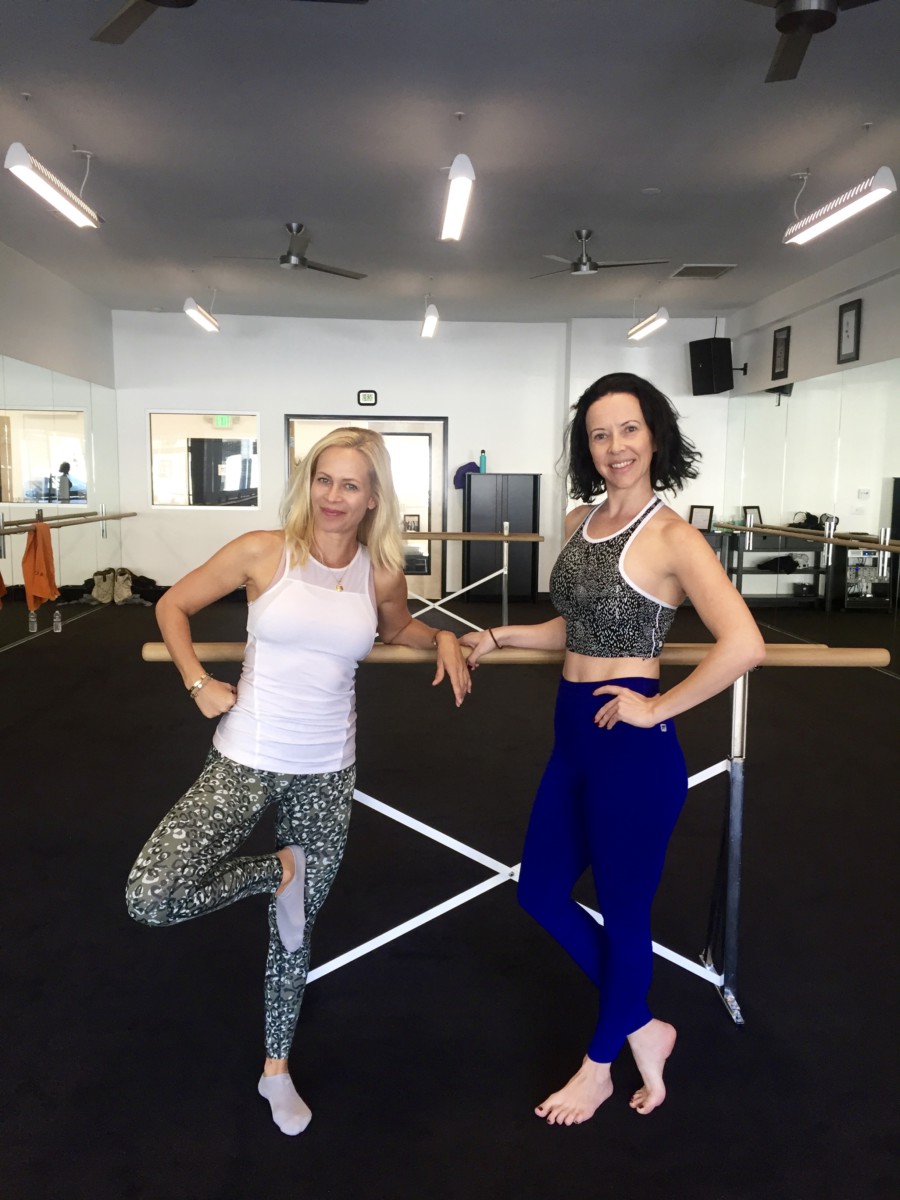
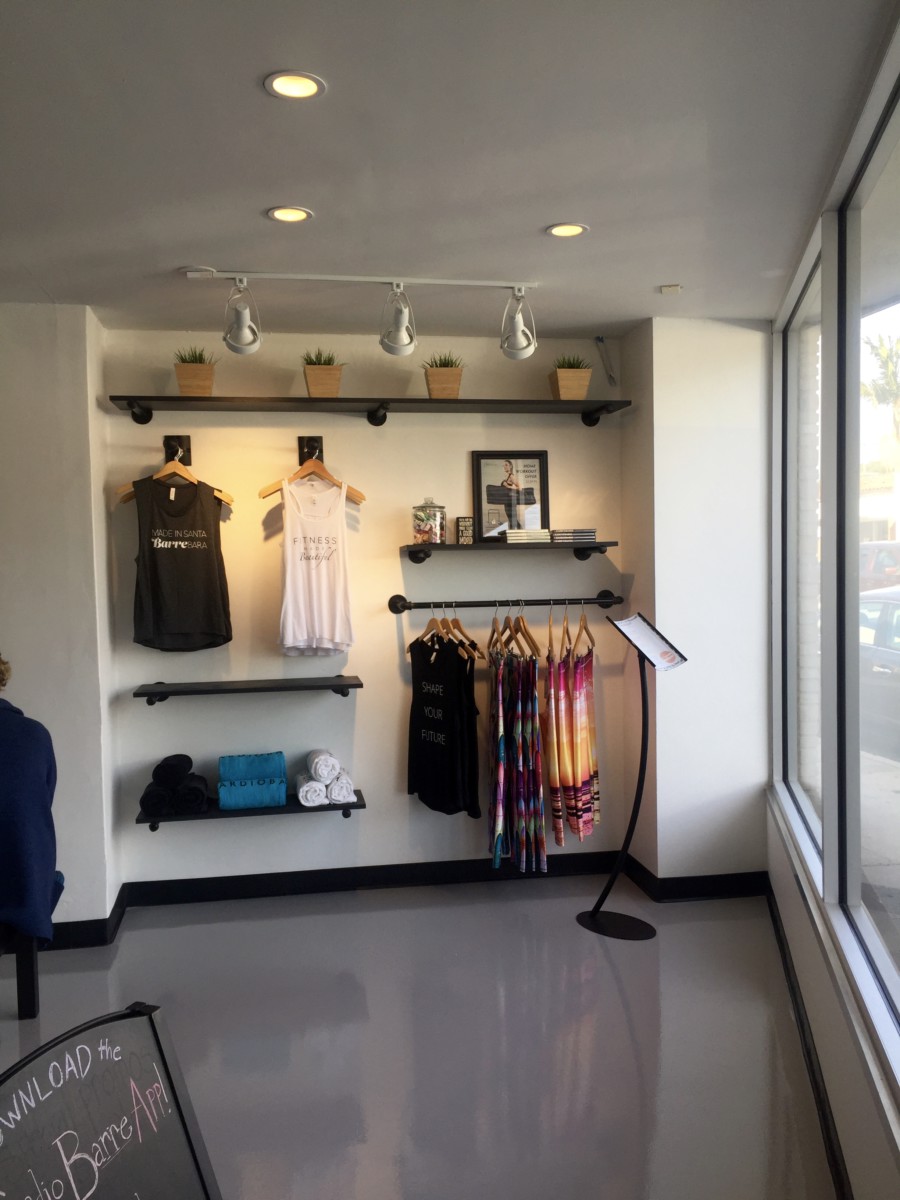 You use carpet in your studies, why?
You use carpet in your studies, why?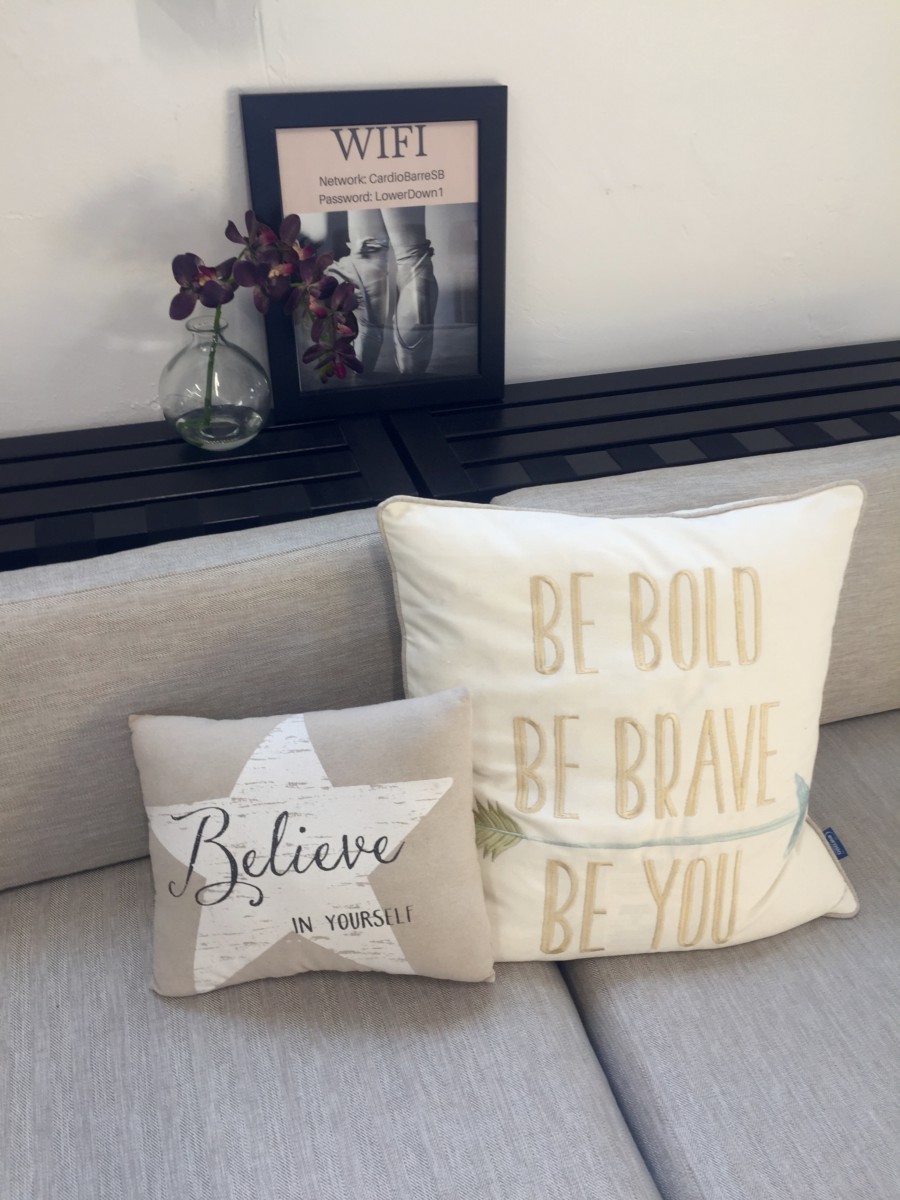

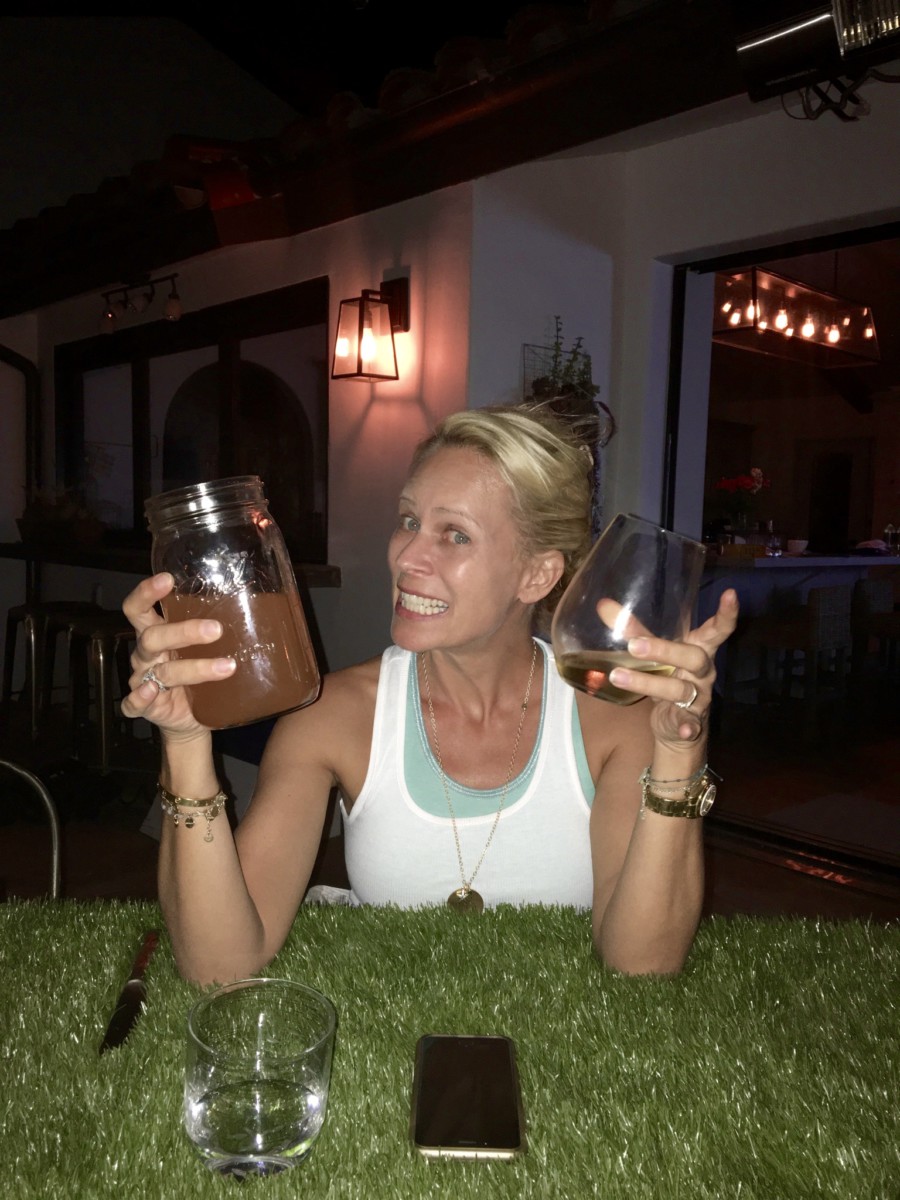
 Det er mange sideeffekter med alkohol, åpenbart er det misbruket, men også kalori inntaket. Så her strør jeg litt «nice facts» om alkohol inn i samvittigheten vår. I beste fall kan det være en liten reminder som gjør deg og dine godt. I tillegg kan vi også huske på hva denne ventetiden egentlig handler om. Adventstiden er faktisk forbundet med faste. Ca. år 480 ble det bestemt at hver mandag, onsdag og fredag i advent skulle man faste. Dette for å sikre åndelig forberedelse til feringen av Jesu fødsel. Mange katolske land praksiserer fremdeles fastereglene. Som katolikk avstår jeg fra sukker og sjokolade i fastetiden. Kanskje du kan finne din negative trigger og øve deg på å avstå fra den i fastetiden frem mot jul.
Det er mange sideeffekter med alkohol, åpenbart er det misbruket, men også kalori inntaket. Så her strør jeg litt «nice facts» om alkohol inn i samvittigheten vår. I beste fall kan det være en liten reminder som gjør deg og dine godt. I tillegg kan vi også huske på hva denne ventetiden egentlig handler om. Adventstiden er faktisk forbundet med faste. Ca. år 480 ble det bestemt at hver mandag, onsdag og fredag i advent skulle man faste. Dette for å sikre åndelig forberedelse til feringen av Jesu fødsel. Mange katolske land praksiserer fremdeles fastereglene. Som katolikk avstår jeg fra sukker og sjokolade i fastetiden. Kanskje du kan finne din negative trigger og øve deg på å avstå fra den i fastetiden frem mot jul.
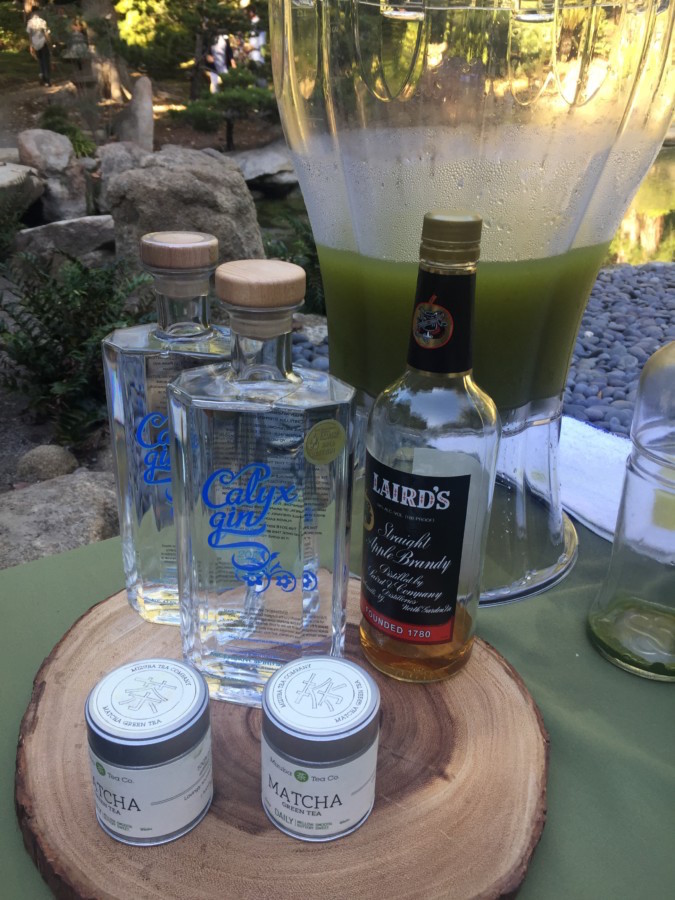
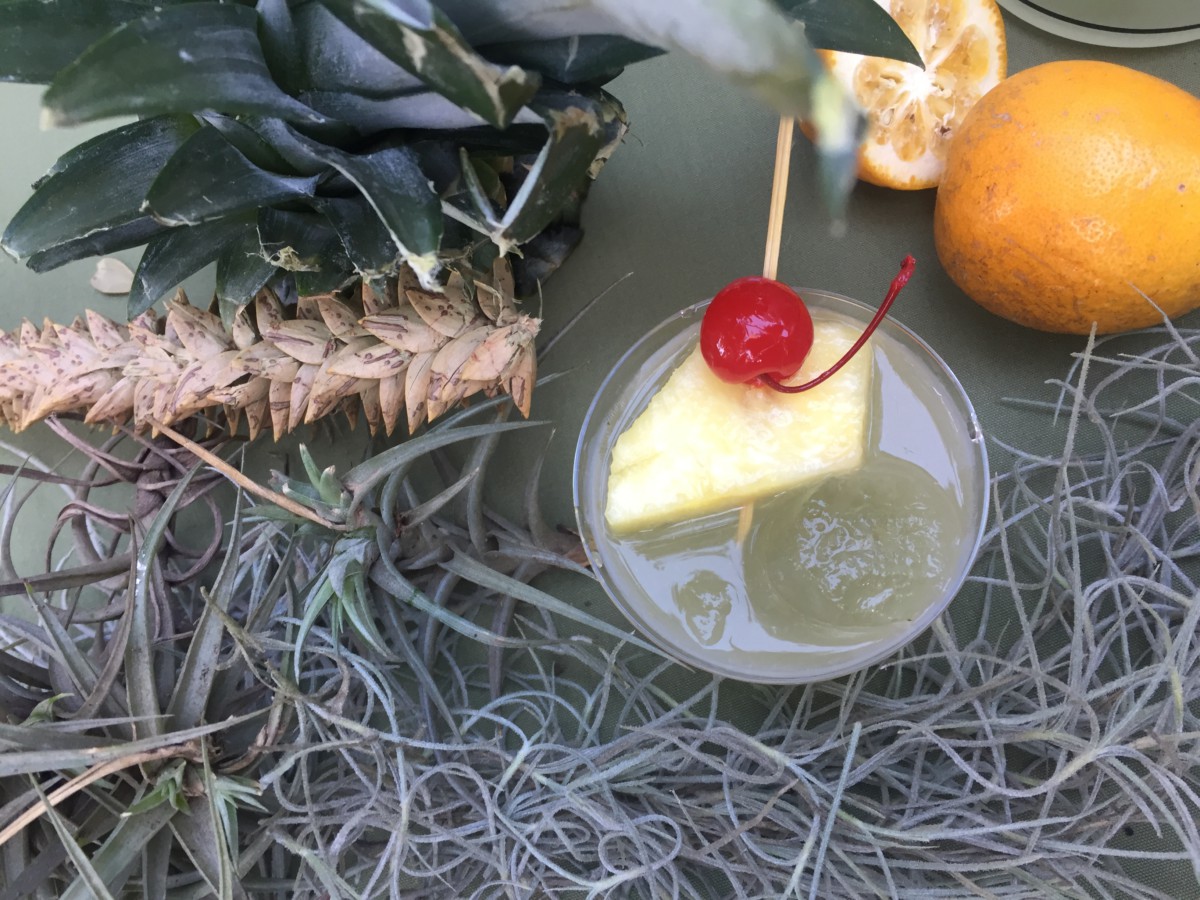

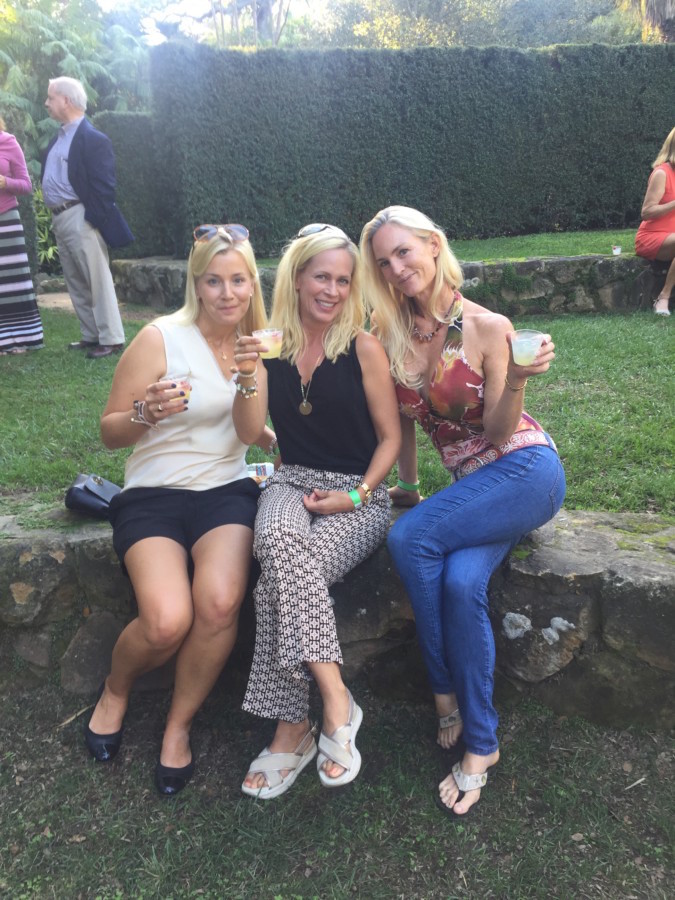

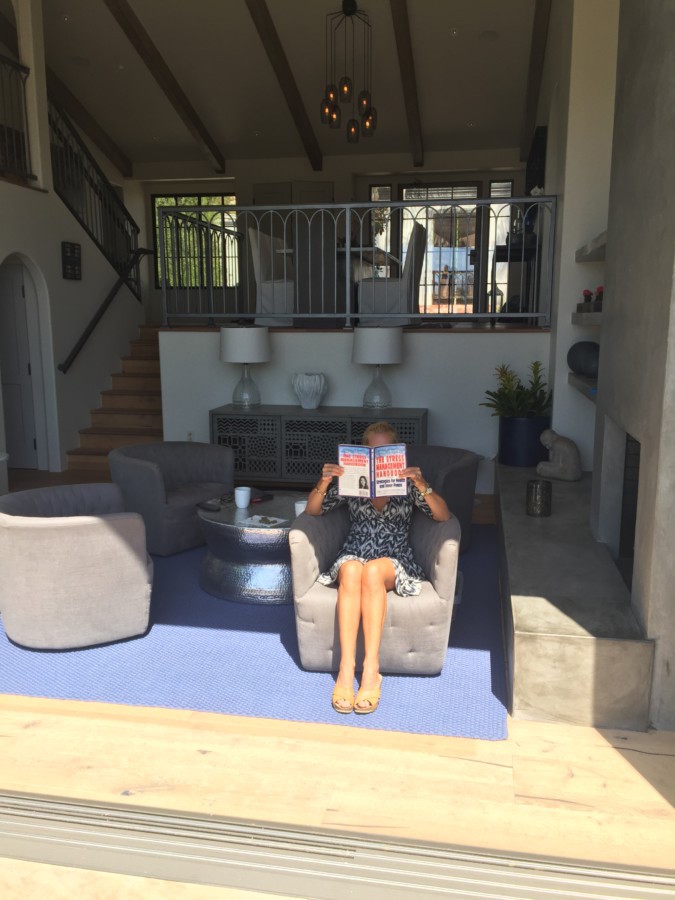

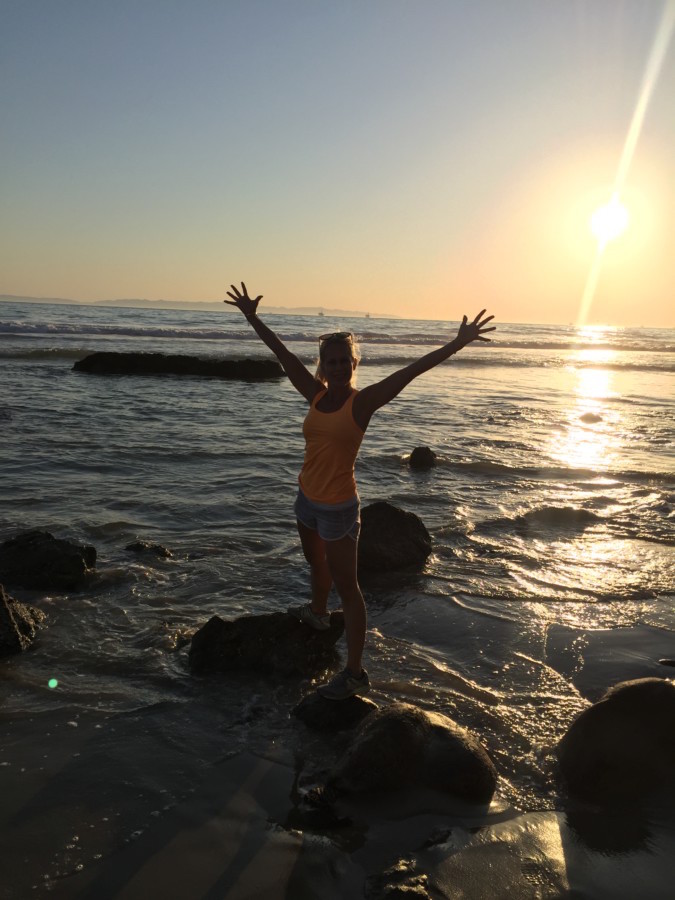
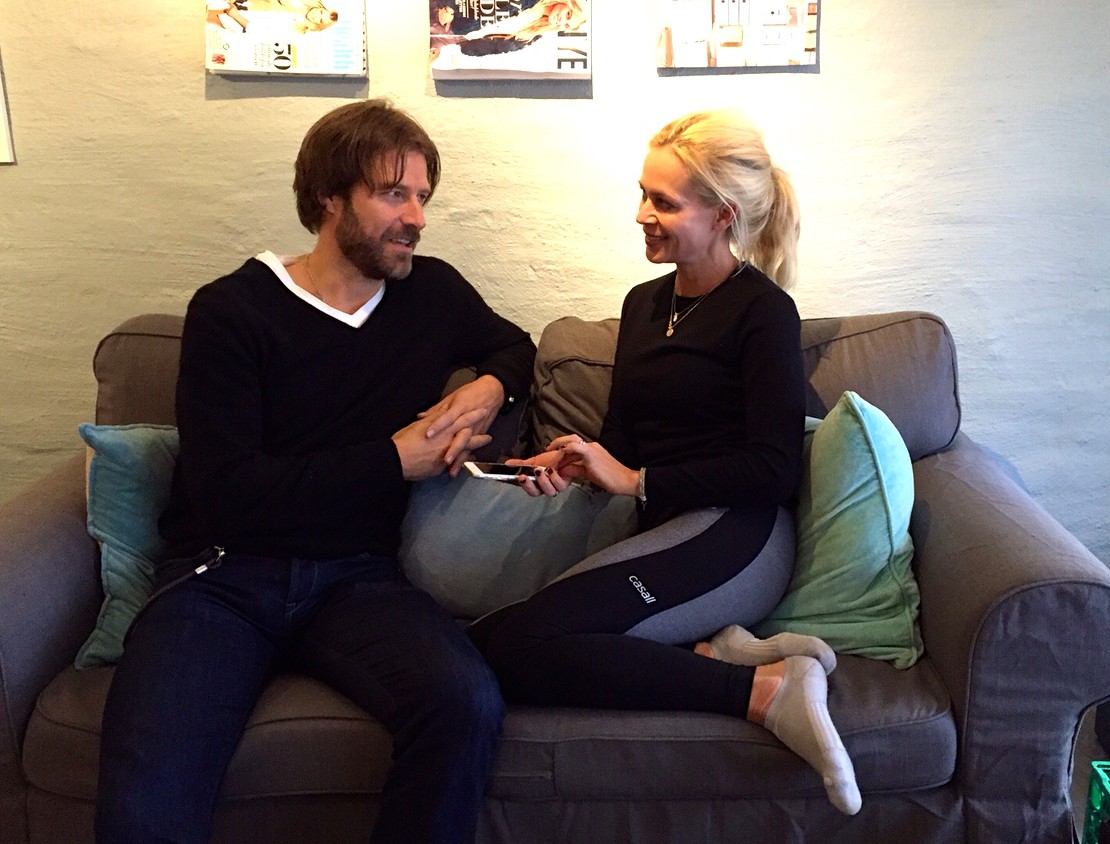
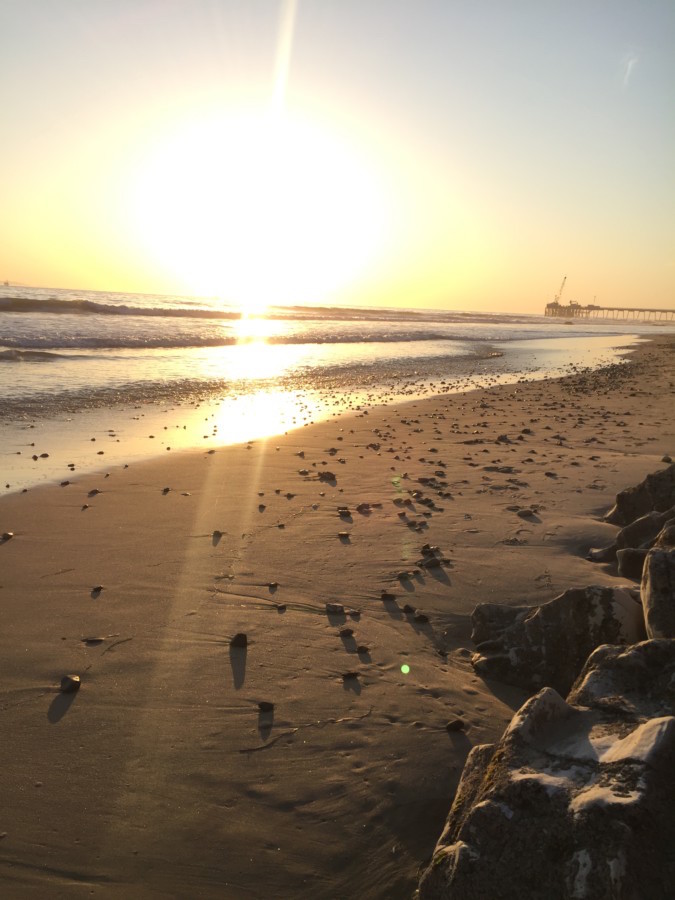
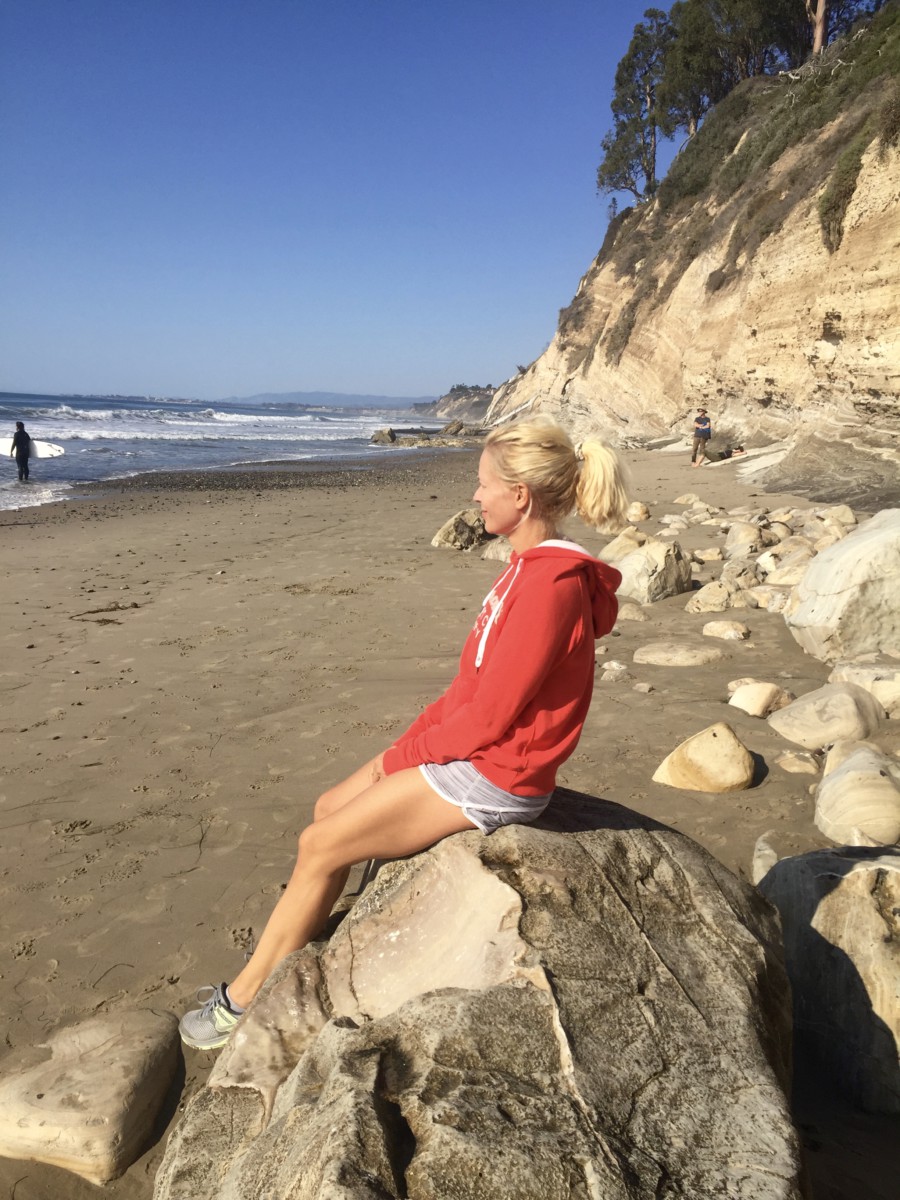

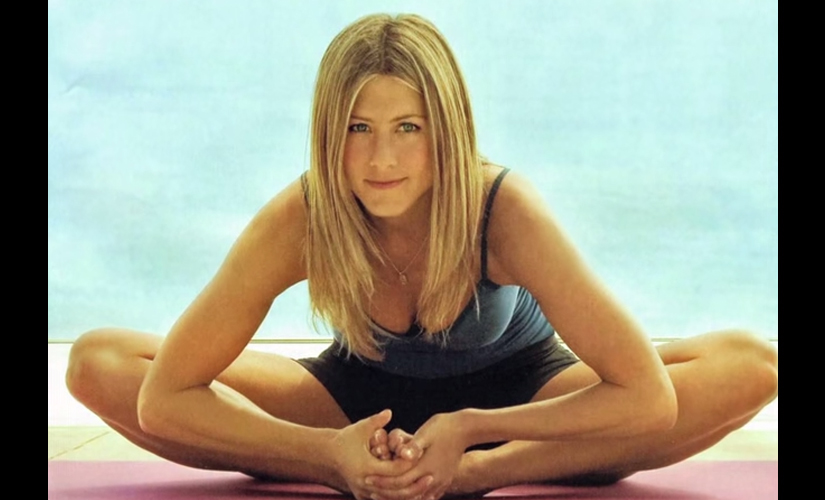
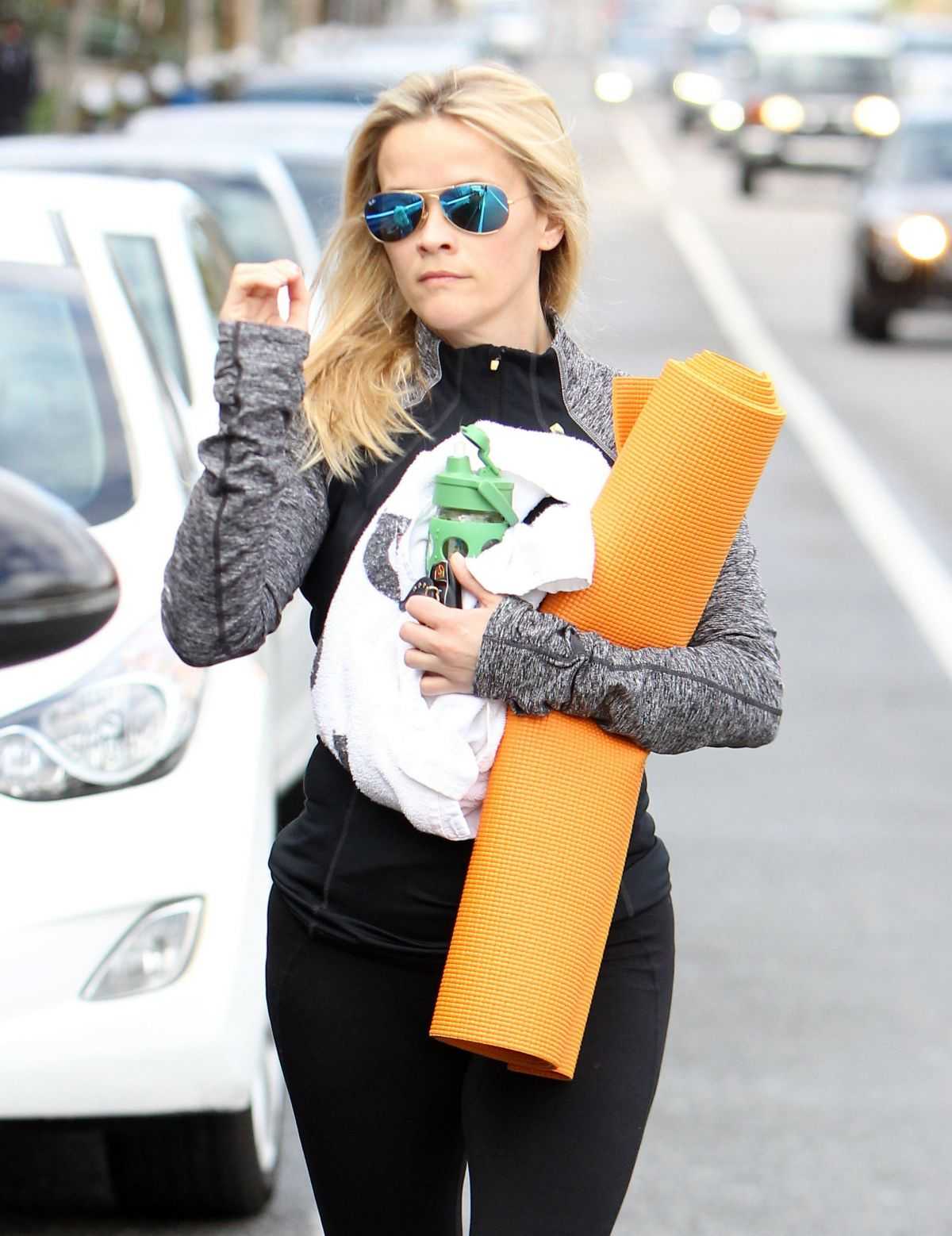

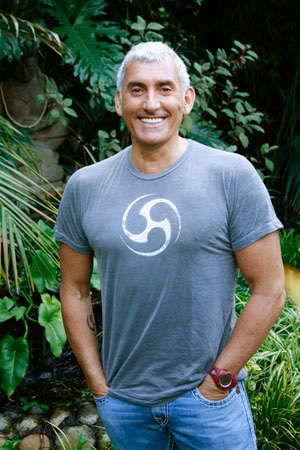
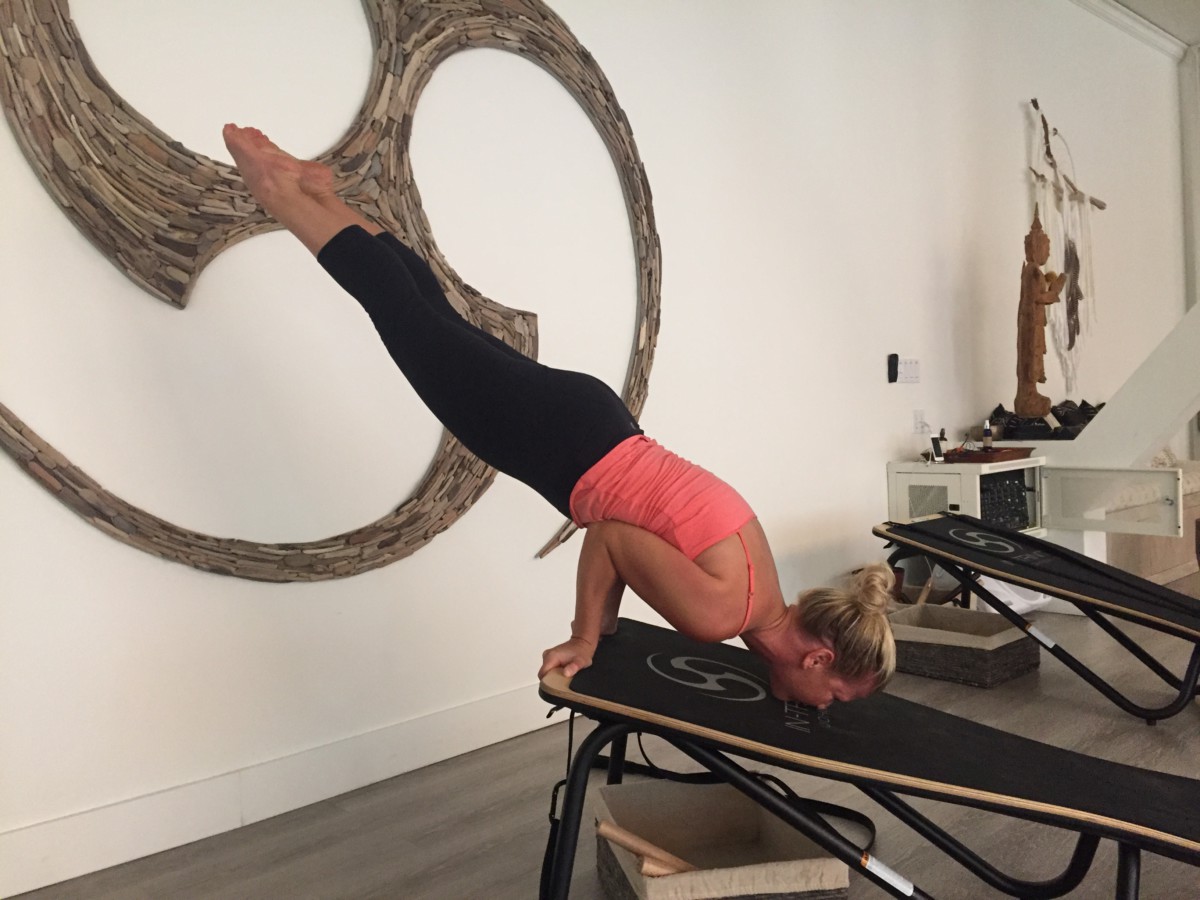
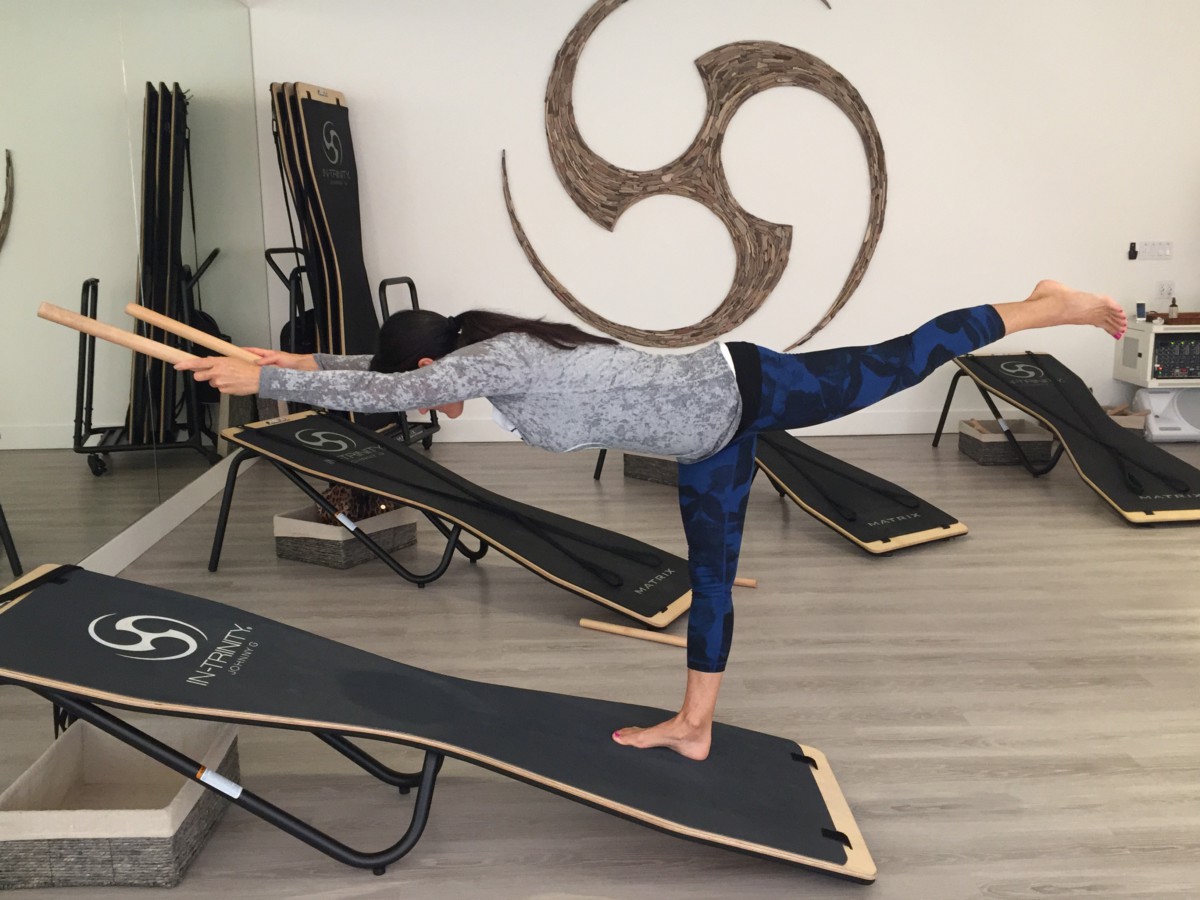
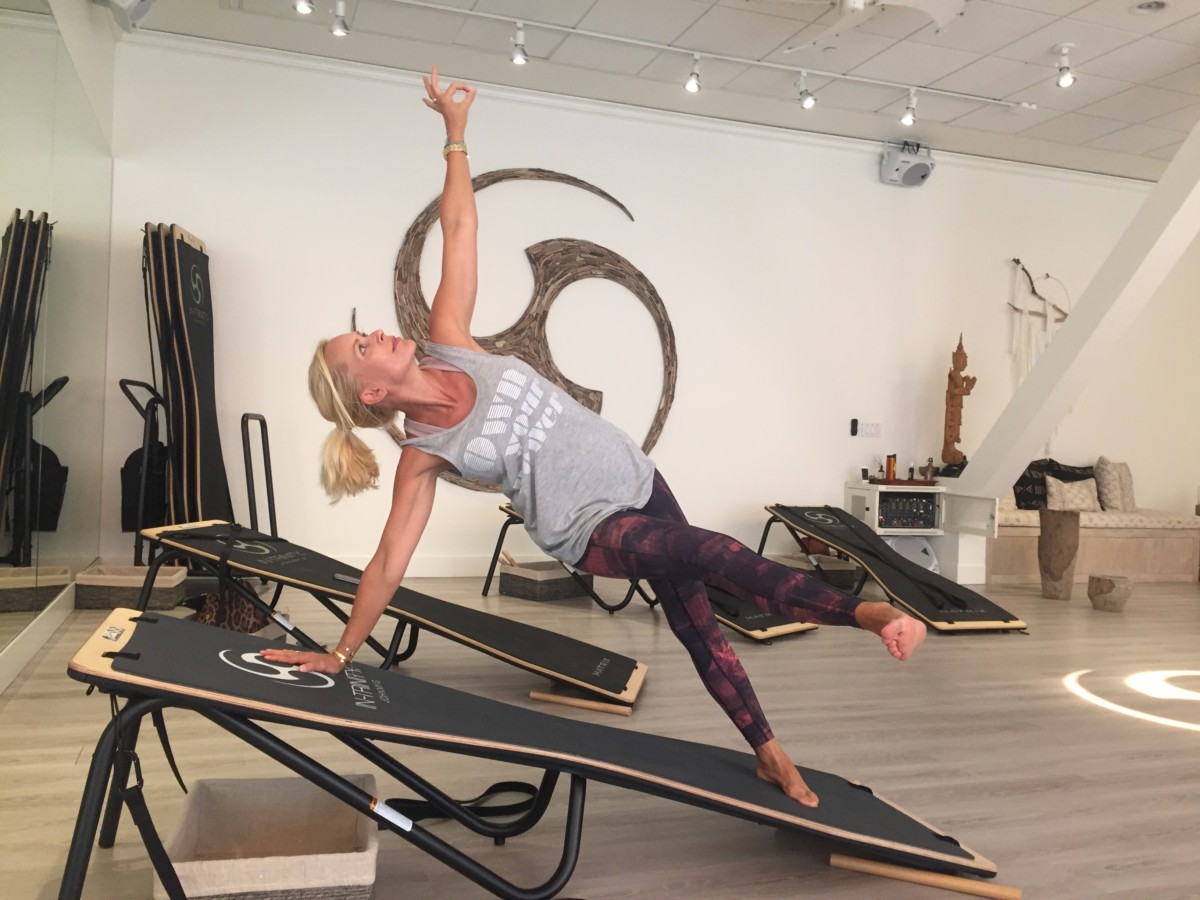 Yang klassene har mer energi og er ganske krevende med planker og yoga stillinger mot tyngdekraften. Denne klassen er ganske tøff og utfordrer kroppen gjennom In-Trinity`s 5 aspekter: smidighet – balanse – koordinasjon – fleksibilitet og styrke.
Yang klassene har mer energi og er ganske krevende med planker og yoga stillinger mot tyngdekraften. Denne klassen er ganske tøff og utfordrer kroppen gjennom In-Trinity`s 5 aspekter: smidighet – balanse – koordinasjon – fleksibilitet og styrke.
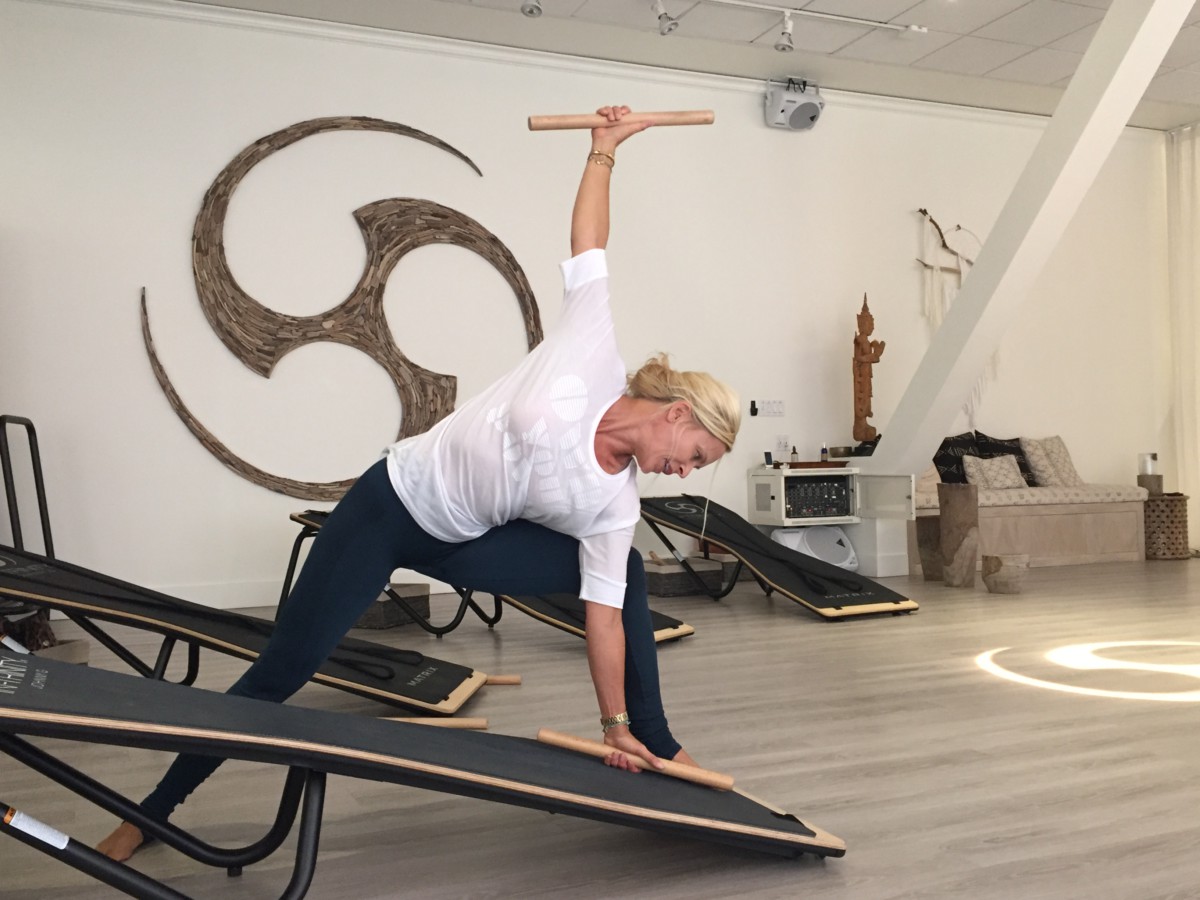


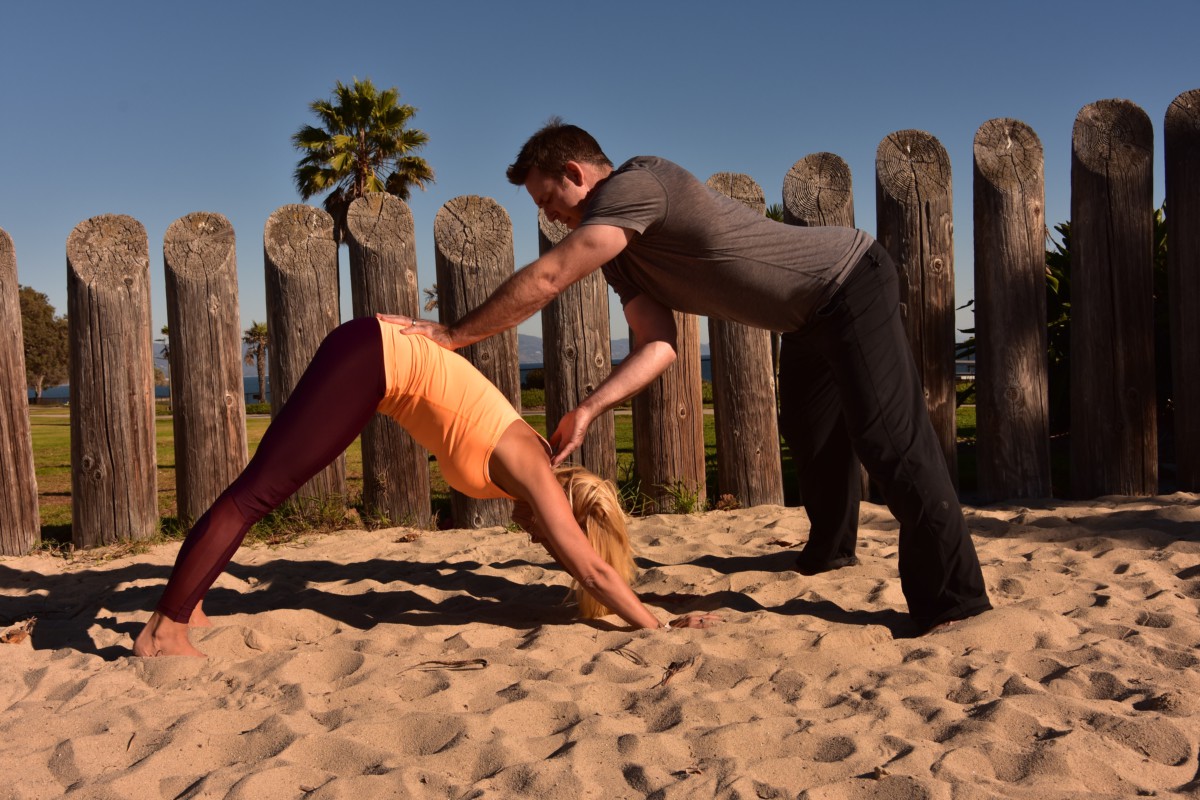
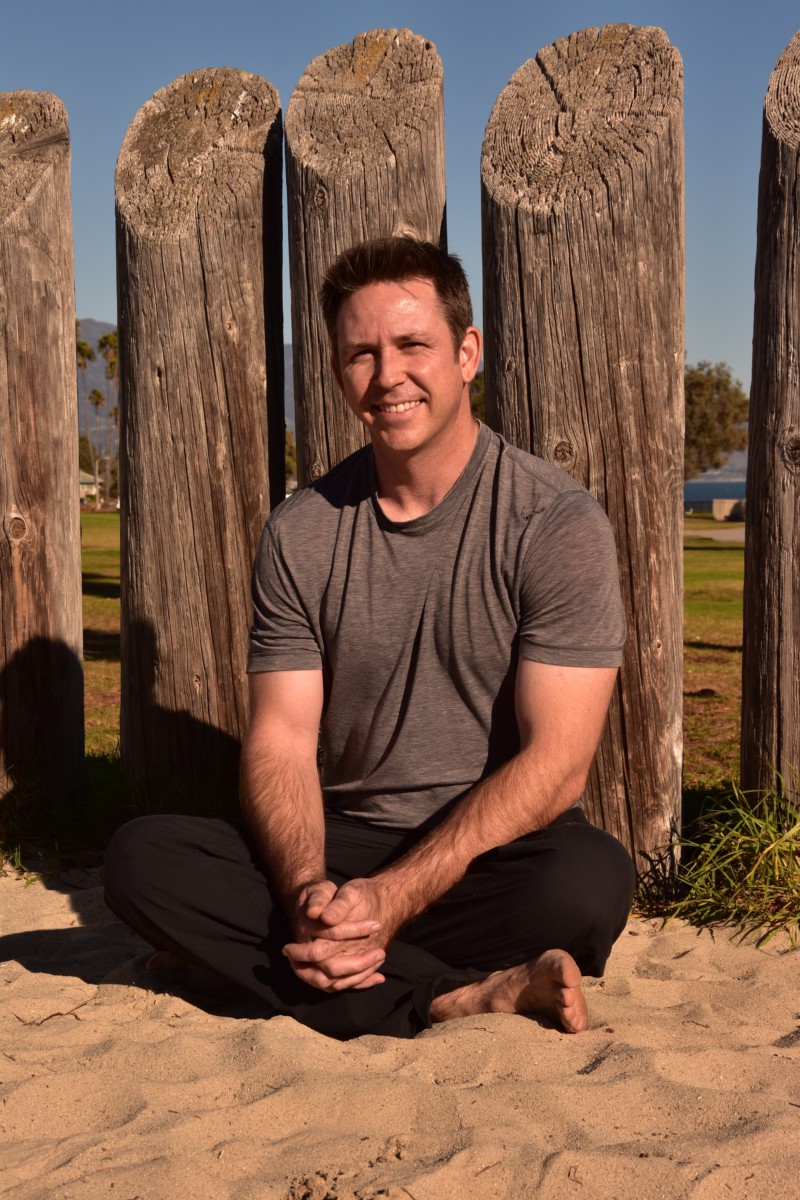

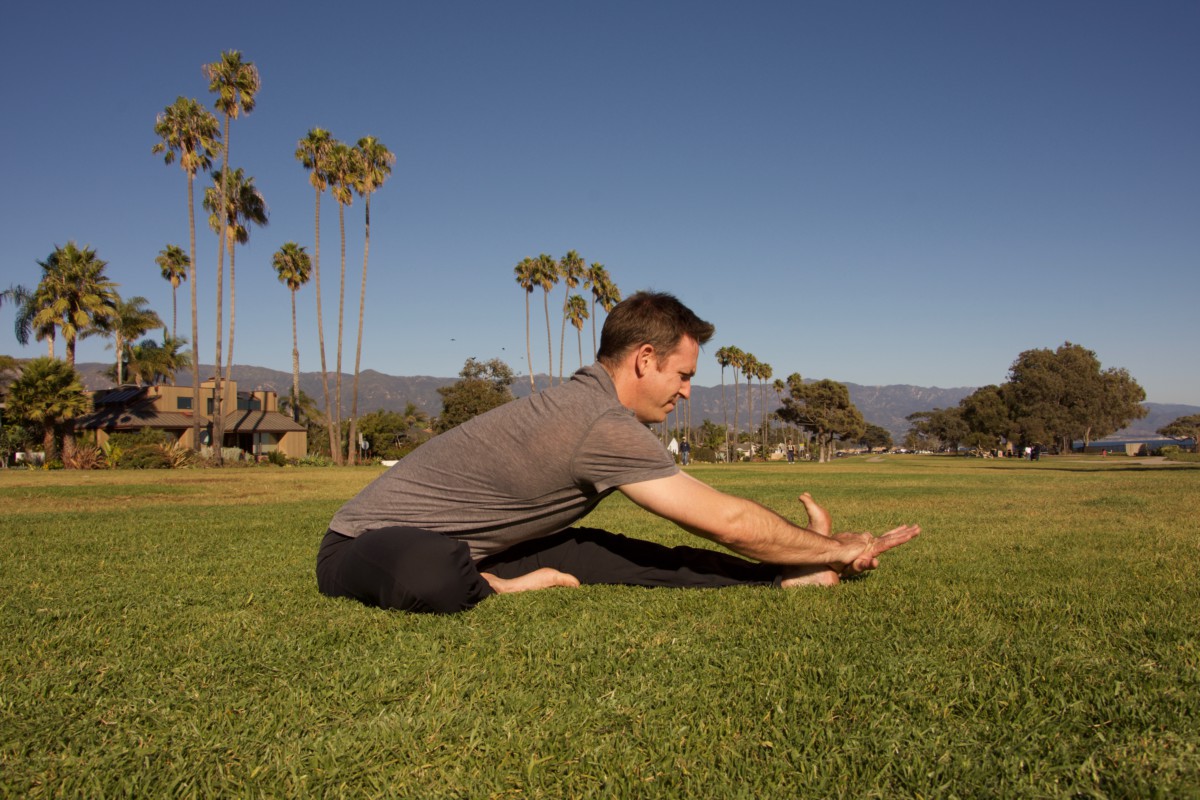
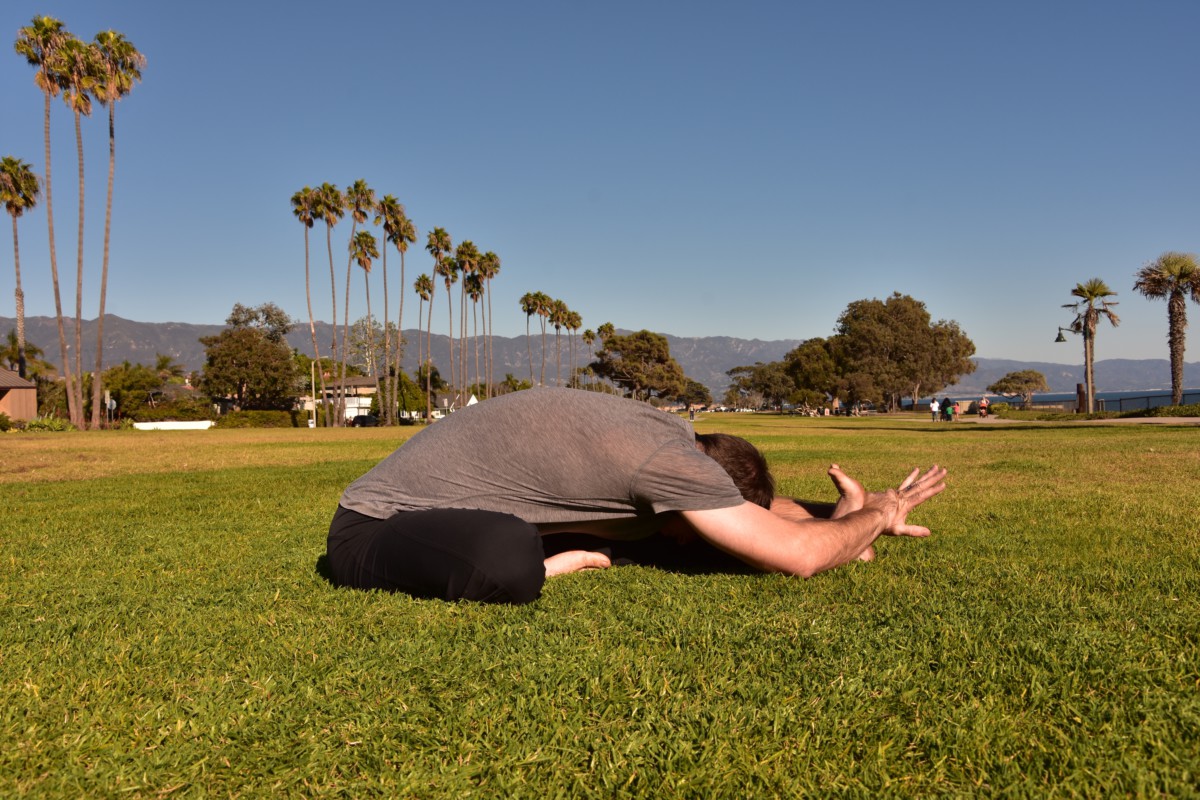
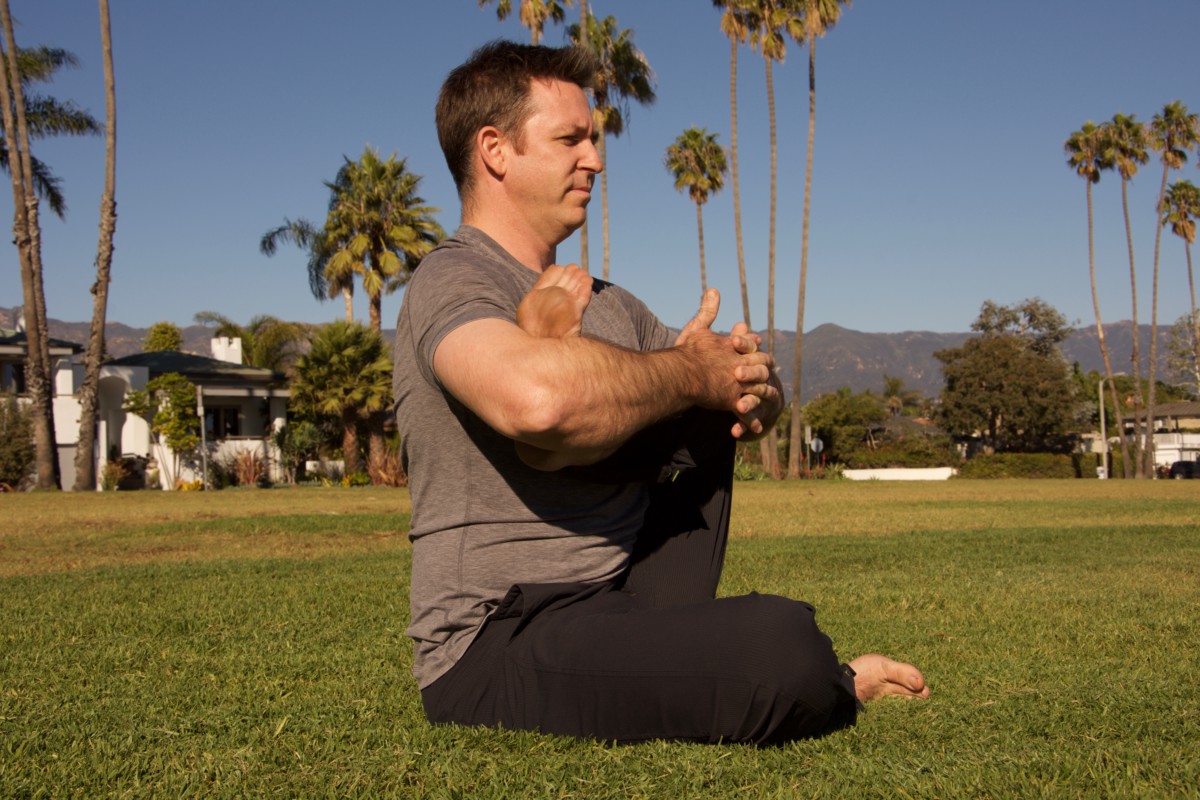
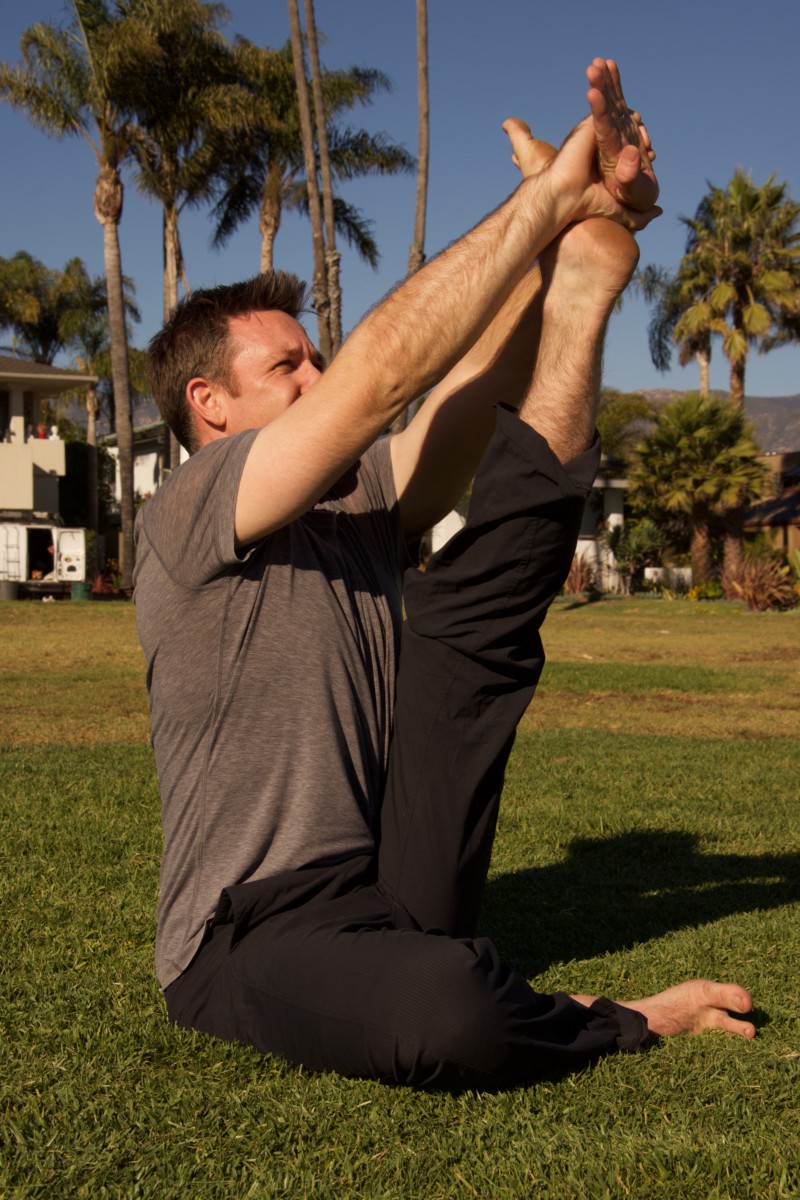 Surya yantrasana (sun dial pose) 5 breaths getting knee placed behind shoulder and same hand as top leg plants next to hip, on ground.
Surya yantrasana (sun dial pose) 5 breaths getting knee placed behind shoulder and same hand as top leg plants next to hip, on ground.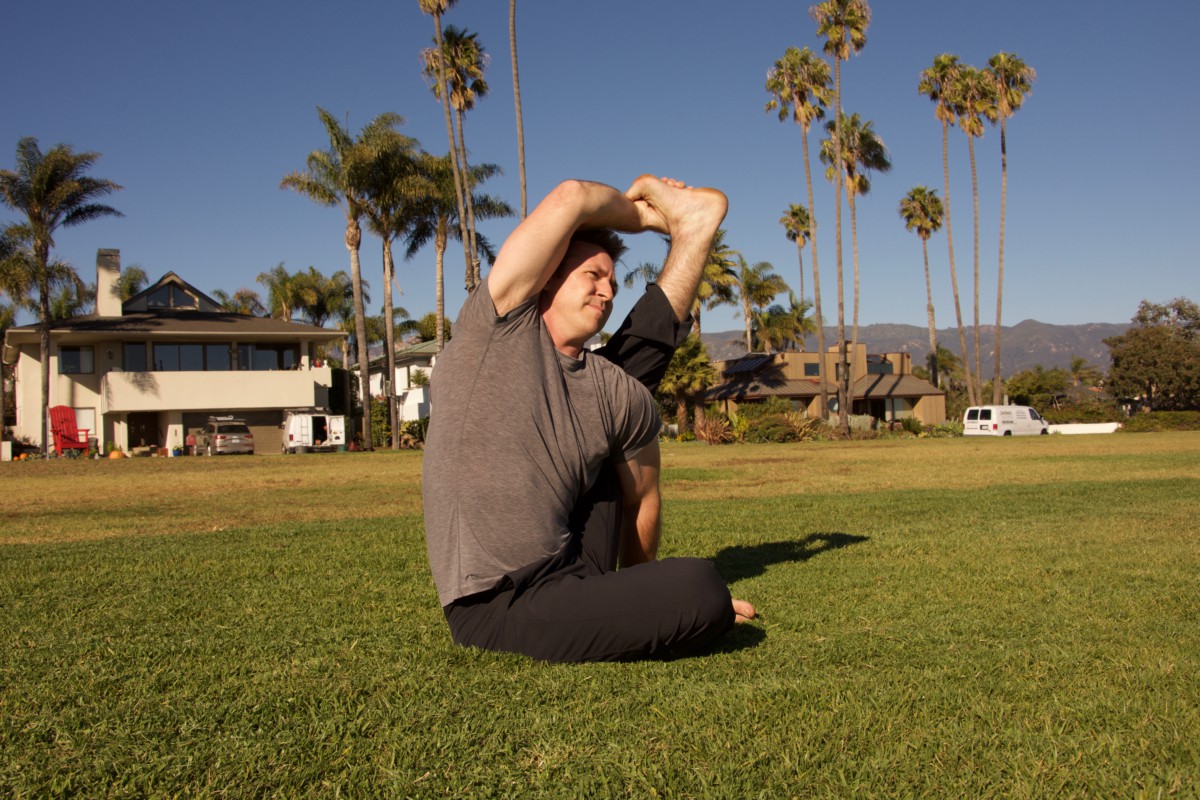 Astavakrasana (name of a sage eight crooks pose) up to 5 breaths. Plant both hands next to hips, cross bottom foot over top ankle and lift reaching feet to sky, squeezing knees around shoulder. Then tilt forward.
Astavakrasana (name of a sage eight crooks pose) up to 5 breaths. Plant both hands next to hips, cross bottom foot over top ankle and lift reaching feet to sky, squeezing knees around shoulder. Then tilt forward.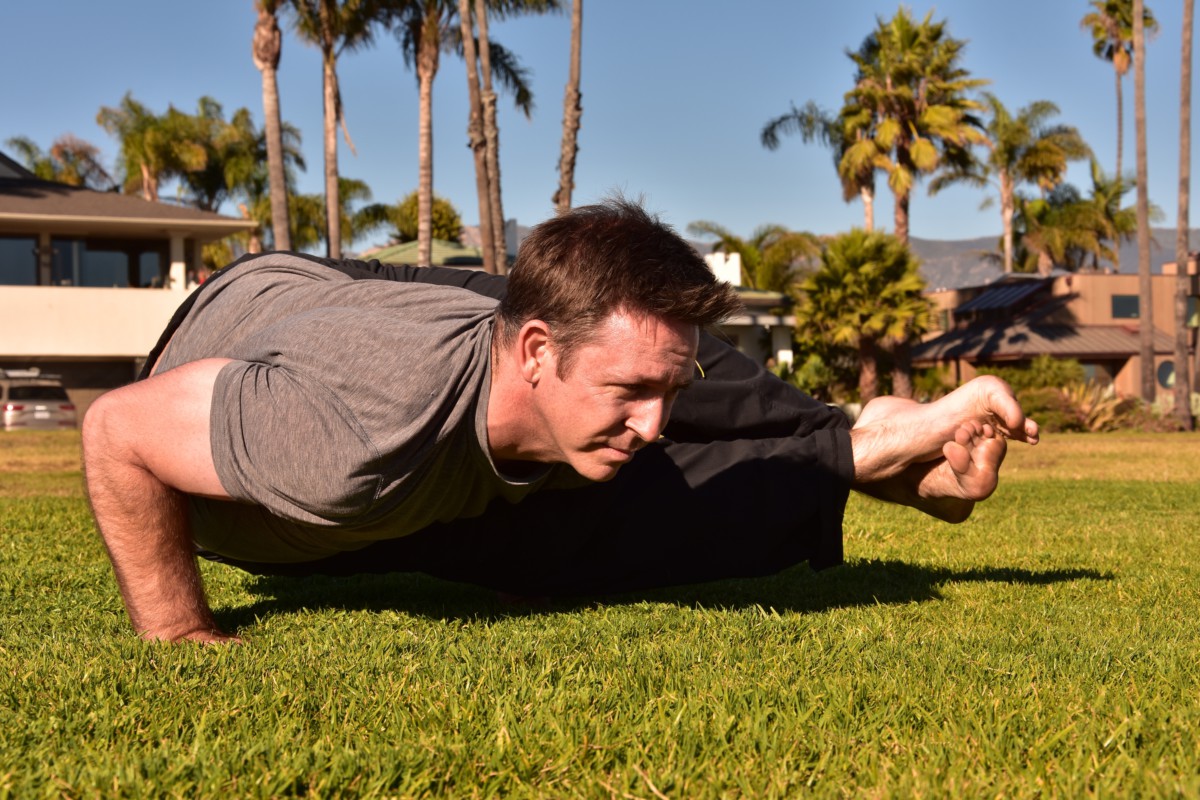
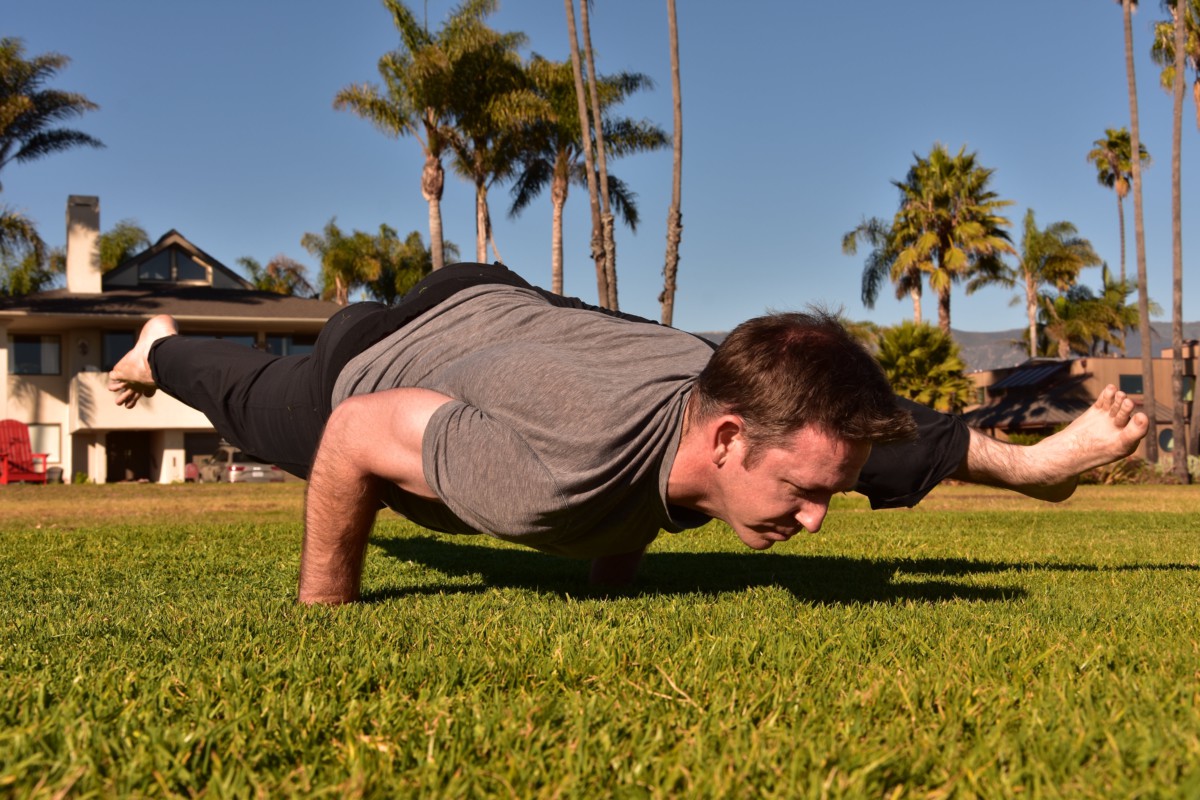 Og vet dere hva!! Ryan kommer til
Og vet dere hva!! Ryan kommer til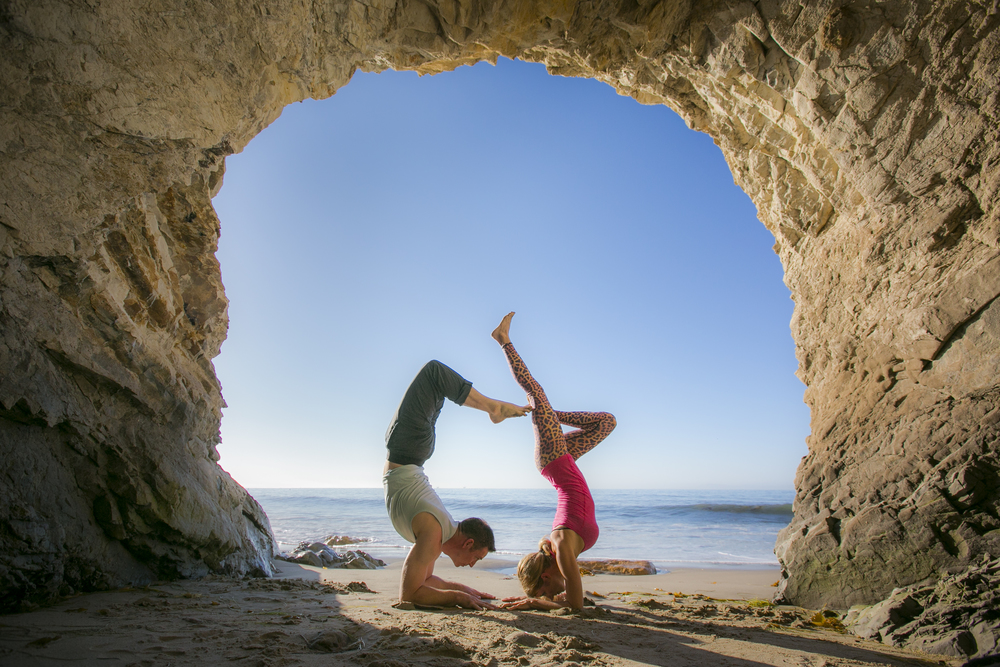



 Og skjær dem i ca 1/2 cm tynne skiver. (Cut into 1/4 inches slices)
Og skjær dem i ca 1/2 cm tynne skiver. (Cut into 1/4 inches slices)




